
Bathing rituals have been an essential part of human culture for centuries. From ancient civilizations to modern-day spa treatments, baths serve as a source of tranquility, rejuvenation, and healing. The world is full of diverse bath relaxation rituals aimed at soothing the body, mind, and spirit, and incorporating these practices into your self-care routine can provide lasting relief. In this article, we'll explore several global bathing traditions, discuss their benefits, and offer tips on creating your own personalized bath ritual at home with Efforest’s luxurious products.
Japanese Onsen: Bath Relaxation and Detoxification
The Japanese Onsen is a natural hot spring that has been used for centuries for its therapeutic and relaxation benefits. The mineral-rich volcanic waters are known for their healing qualities, aiding in detoxification and promoting overall well-being. Visiting an Onsen is an immersive experience, as the Japanese emphasize mindfulness, silence, and respect for the environment during the bathing ritual.
To recreate a Japanese Onsen experience at home, draw a warm bath and add bath salts infused with essential oils for added relaxation. Soak peacefully, keeping your mind present and focused on your surroundings, and finish by gently massaging your achy muscles.
Turkish Hammam: Exfoliation and Rejuvenation
Originally a Roman concept, the Turkish Hammam is an elaborate bathing ritual that focuses on cleansing, exfoliating, and rejuvenating the body. A visit to a traditional Hammam typically involves a steam bath, a full-body exfoliation, and a soothing massage. The combination of heat and exfoliation stimulates blood flow, leaving the skin soft, supple, and revitalized.
To experience a Turkish Hammam-inspired bath at home, start by using a hand-held steamer or running a hot shower while you fill the tub to create a steamy atmosphere. Next, exfoliate your body with a natural exfoliating mitt, scrub, or brush to remove dead skin cells. Finally, soak in a warm bath and enjoy a self-massage, using your Efforest luxury bath pillow for added comfort.
Scandinavian Sauna and Cold Plunge: Invigorating and Restorative
The Scandinavian sauna and cold plunge ritual involves alternating between hot and cold environments to promote relaxation, invigorate the body, and restore balance. It is believed that the contrast between the high heat of the sauna and the shock of the cold water activates the body's natural healing response. Additionally, this ritual encourages a deep sense of relaxation, reduces muscle tension, and supports the immune system.
To replicate the Scandinavian sauna and cold plunge experience at home, warm up in a hot bath or shower, and then switch to cold water for one to two minutes. You can also opt for submerging in a cold bath filled with ice cubes. Repeat this process several times, and remember to incorporate mindfulness practices to achieve a deeper level of relaxation.
Indian Ayurveda: Balancing the Doshas with Aromatherapy
Originating in ancient India, Ayurveda is a holistic healing system that emphasizes the balance of the body's energies, known as "doshas." Essential oils play a crucial role in Ayurvedic baths, as they are believed to bring balance, clarity, and harmony to the body and mind. According to Ayurveda, selecting oils based on your dominant dosha can help alleviate stress, promote healthy sleep, and even improve digestion.
To incorporate Ayurvedic principles into your bath routine, first, identify your dosha (Vata, Pitta, or Kapha) and select appropriate essential oils. Add a few drops of these oils to your bath water, and consider diffusing them in the air as well. Enhance your relaxation by using a luxurious bath cushion, allowing you to fully immerse yourself in the rejuvenating Ayurvedic experience.
Personalizing Your Bath Ritual: Combine Traditions for Ultimate Relaxation
Creating a personalized bath relaxation ritual that draws from diverse cultural practices can transport you to a spa-like experience without ever leaving your home. To enhance your routine, consider incorporating Efforest's luxury bathroom products, designed to provide lasting relief from everyday aches, discomfort, and fatigue.
Embark on your journey of diverse bath rituals relaxation by trying elements from different traditions. You may choose to include Japanese Onsen-inspired mineral salt soaks with Turkish Hammam exfoliation techniques, followed by a calming Ayurvedic aromatherapy session. By combining rituals from around the world, you can create a unique, personalized, and luxurious bathing routine that caters to your specific needs and preferences.
Remember, the secret to bath relaxation is in the overall experience. Set the mood by dimming the lights, playing soft music, and lighting scented candles. Immerse yourself in your chosen rituals and embrace the art of self-care, allowing yourself to truly unwind and find solace from everyday stresses.
As you discover the diverse bath rituals that the world has to offer, you'll find that relaxation and rejuvenation await you in the comfort of your home. Whether it's through the heated waters of Japanese onsens, the invigorating contrast of Scandinavian saunas and cold plunges, or the holistic scents of Ayurvedic essential oils, these time-honored practices will restore your mind and body, creating a true haven of tranquility within your bathtub.
Frequently Asked Questions
What are some benefits of a bath ritual?
Bath rituals provide a range of mental, emotional, and physical benefits. These may include:
- Stress relief and relaxation: Bath rituals help calm the mind and reduce stress levels by promoting relaxation and mindfulness.
- Detoxification: Many bath rituals use mineral-rich water, essential oils, or bath salts to help cleanse the body of toxins and impurities.
- Improved circulation: Heat, exfoliation, and massage techniques used in various bath rituals promote blood flow and stimulate the lymphatic system, improving overall circulation.
- Skin rejuvenation: Exfoliation and hydration through bath rituals leave the skin looking and feeling revitalized, soft, and supple.
- Enhanced sleep: Relaxing bath rituals can help prepare the body for a restful night's sleep.
- Emotional healing: Bath rituals can be used as a form of self-care and emotional healing, creating a safe and nurturing space for introspection and self-reflection.
What was used for ritual bathing?
Ritual bathing involves the use of various elements, depending on the culture and tradition in question. Some common ingredients and tools used in rituals around the world include:
- Mineral-rich water: Onsens in Japan utilize naturally occurring hot springs, which provide therapeutic, mineral-infused water for bathing.
- Aromatherapy: Essential oils play a significant role in many bath rituals, including Indian Ayurvedic practices and modern spa treatments.
- Exfoliating tools: Turkish Hammams use kese mitts or brushes for full-body exfoliation.
- Heat sources: Saunas or steams are used in Scandinavian and Roman bath rituals, providing a hot environment to promote relaxation and detoxification.
- Cold water: Cold plunges are used in contrast with heat in rituals such as the Scandinavian sauna and cold plunge, to invigorate the body and stimulate the immune system.
Why is ritual bathing important to Shinto?
In Shinto, a native religion of Japan, ritual bathing holds a significant place as it represents an act of purification, cleanliness, and renewal. Water is considered a sacred and purifying element in Shinto beliefs. The ritual, known as Misogi, involves cleansing oneself before entering a shrine or engaging in religious ceremonies. It symbolizes the removal of impurities, both physical and spiritual, preparing the individual for worship and restoring a sense of harmony with nature and the divine.

What is the history of spiritual baths?
The history of spiritual baths can be traced back to ancient civilizations from various regions across the globe. Ritual bathing was often used for purification, healing, and spiritual awakening. Here are some examples:
- Ancient Egypt: Temples had sacred pools for ritual bathing, and pharaohs were known to take elaborate baths infused with herbs and oils.
- Ancient Greece: Public baths were a common feature in many Greek cities, served as centers for socializing, and were used for both relaxation and spiritual purposes.
- Pre-Columbian America: Native American tribes used sweat lodges for purifying rituals and spiritual ceremonies.
- Ancient Rome: Romans built elaborate public bathhouses, known as thermae, which served not only as a place to bathe and socialize but also as a space for healing and rejuvenation.
- Various religious traditions: Hinduism, Buddhism, Judaism, Christianity, and Islam all have specific bathing rituals tied to cleansing and purification before engaging in religious activities or entering sacred spaces.
The rich history of spiritual baths showcases the importance of these rituals in various cultures and time periods, emphasizing the undeniable connection between water, purification, and healing in human civilization.
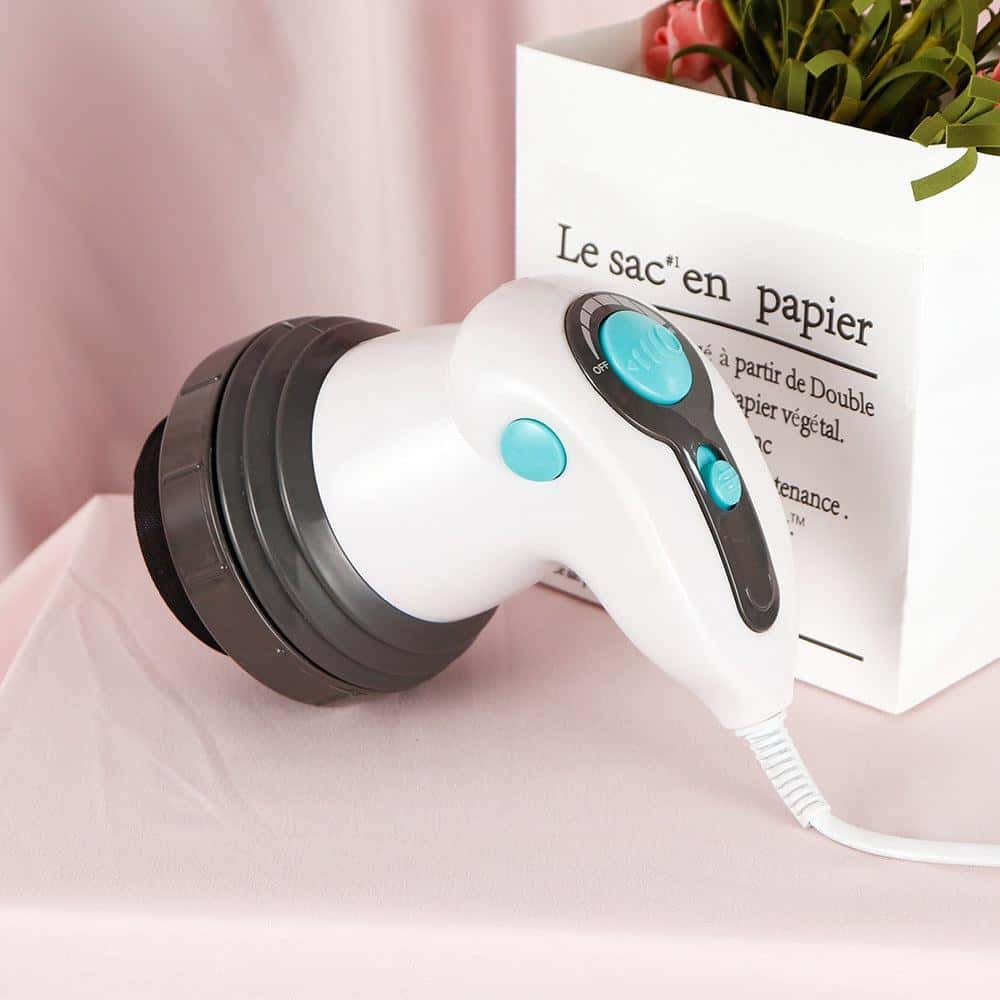
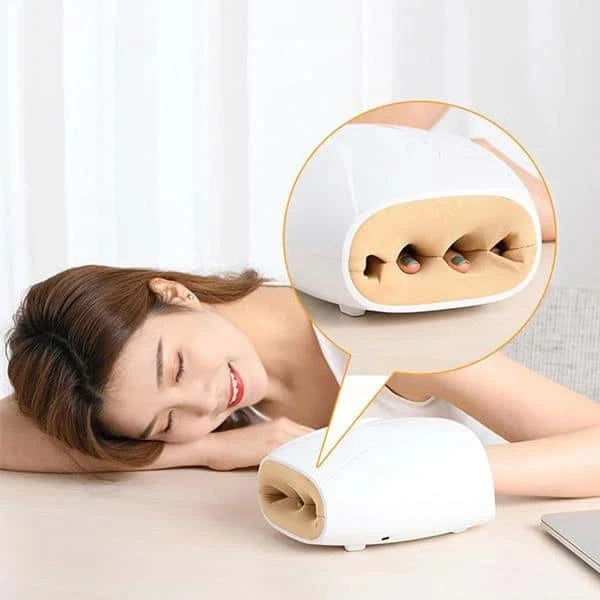
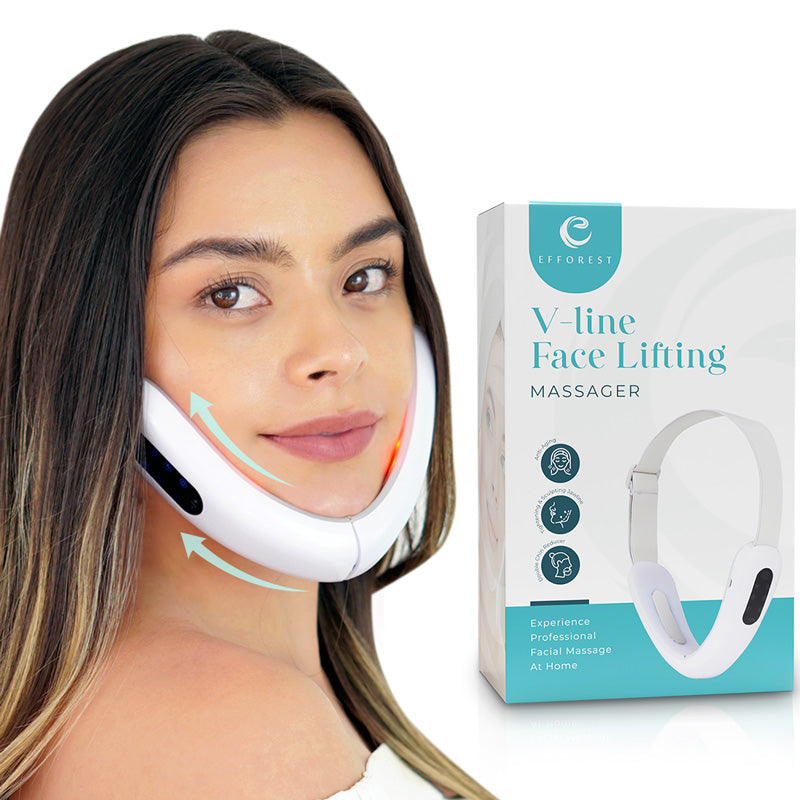





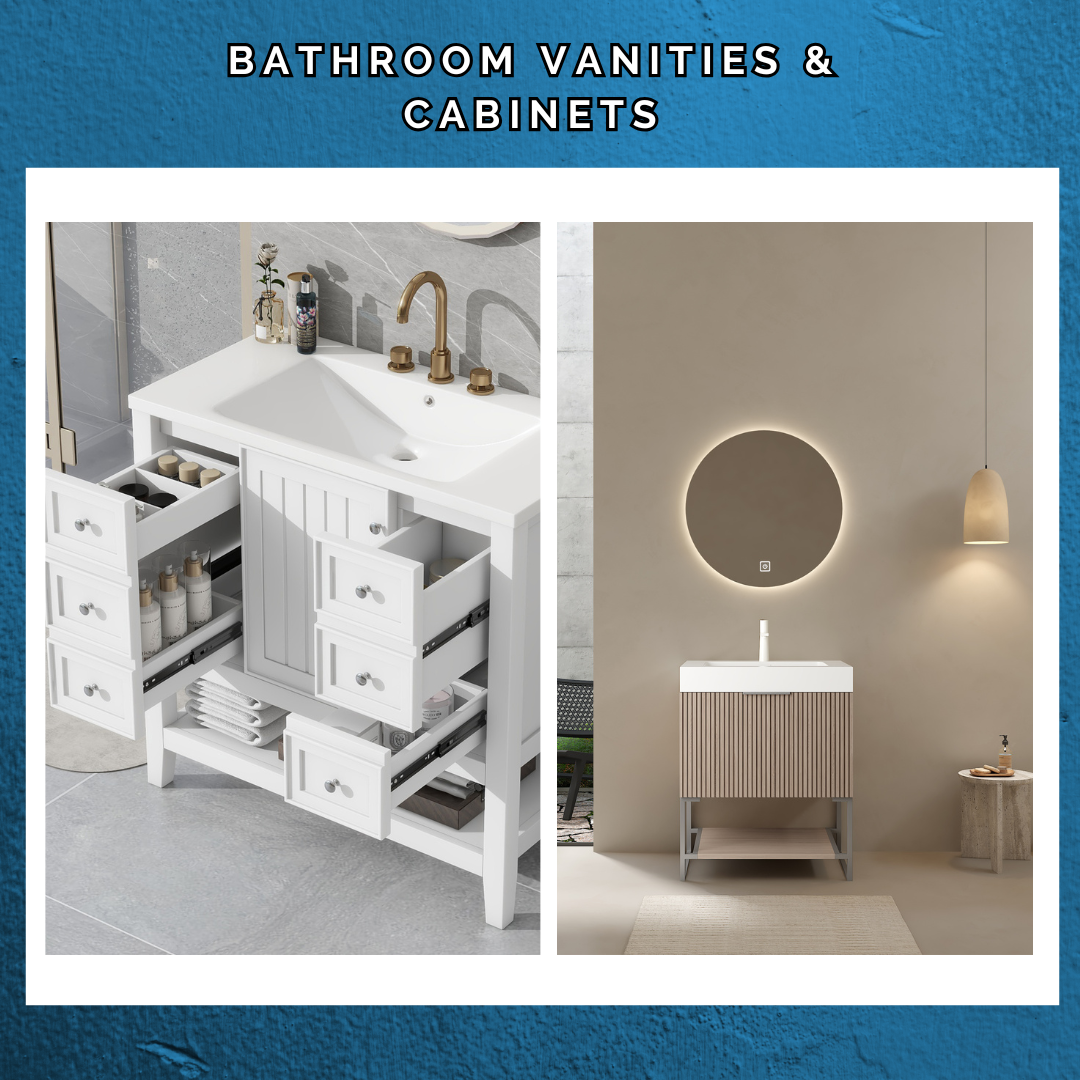
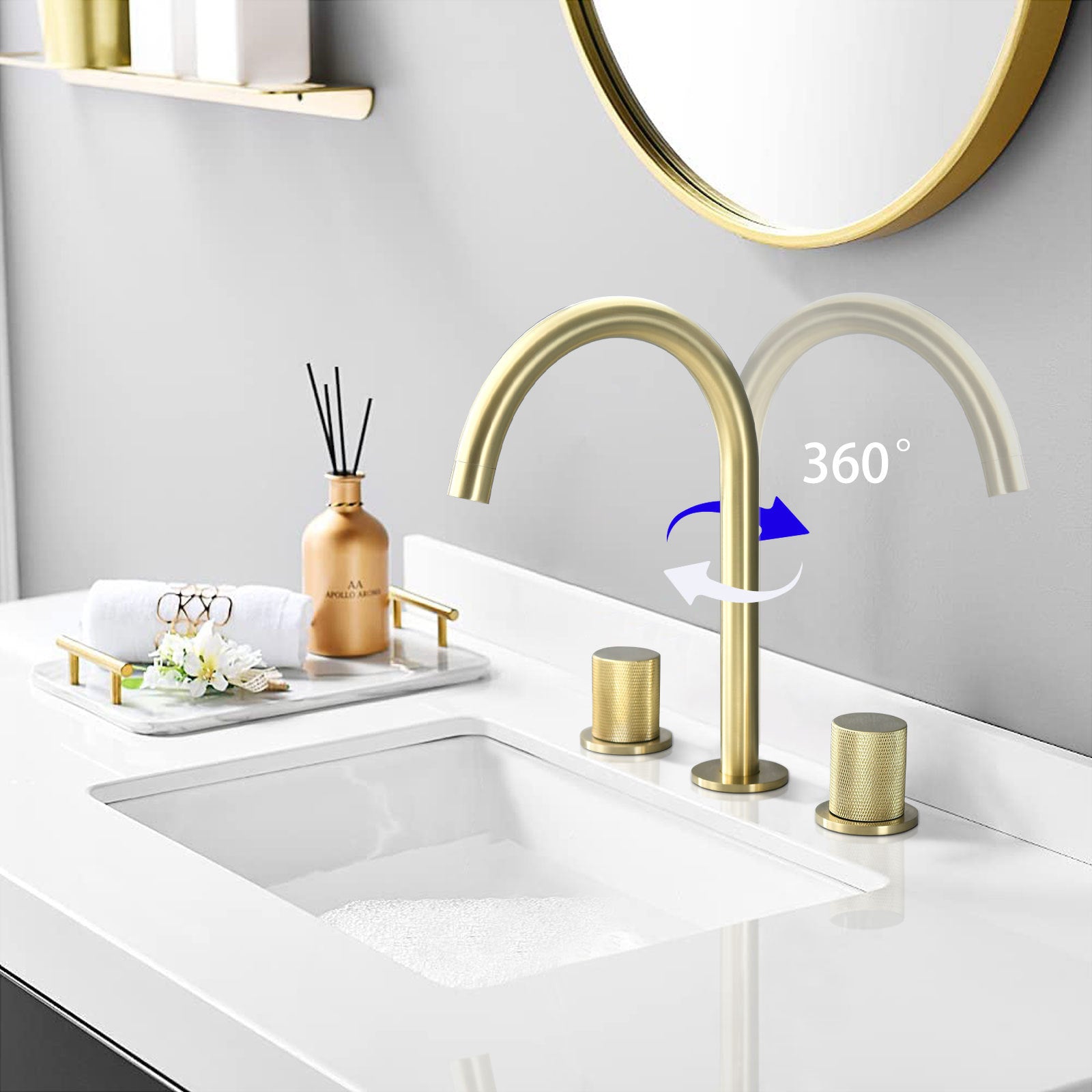
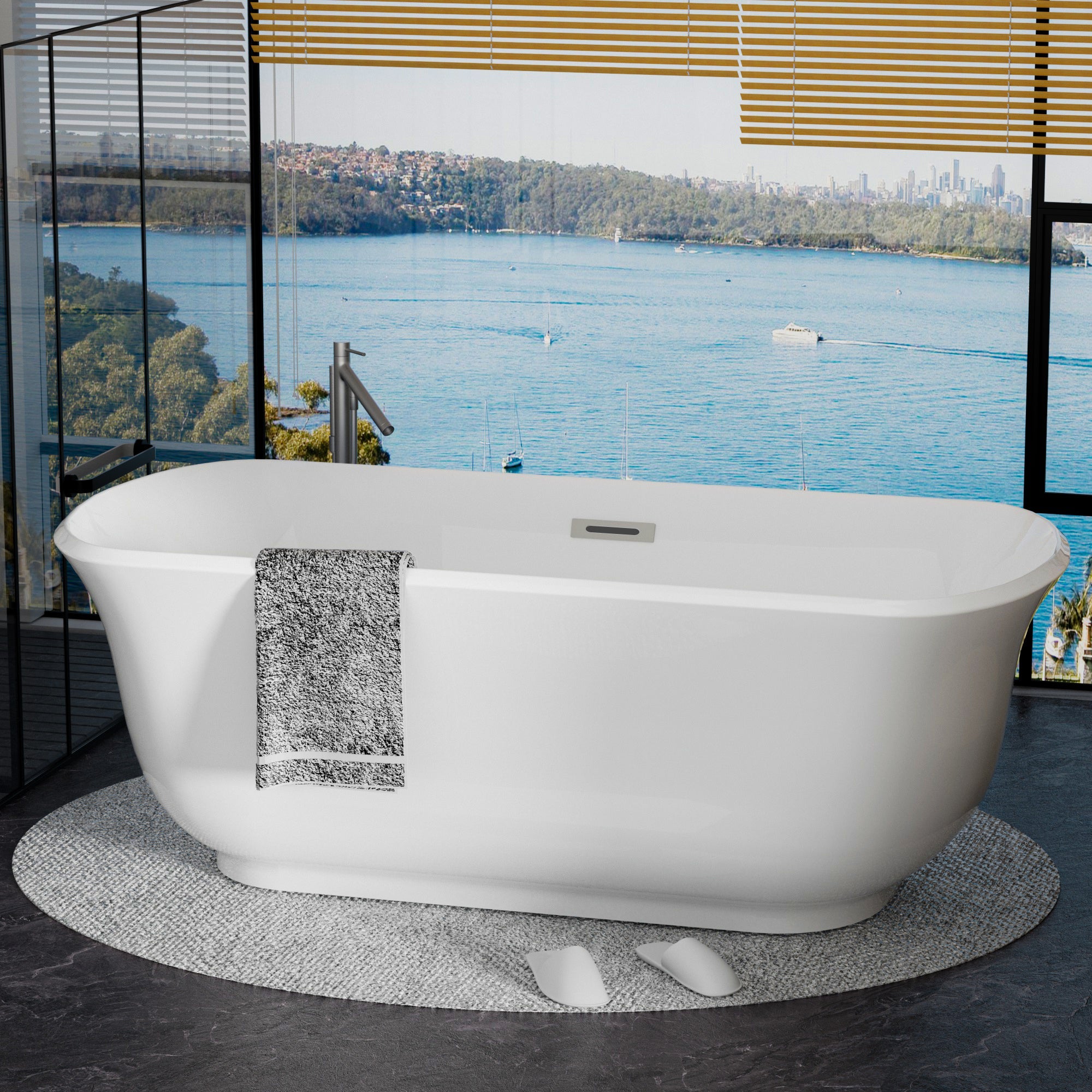


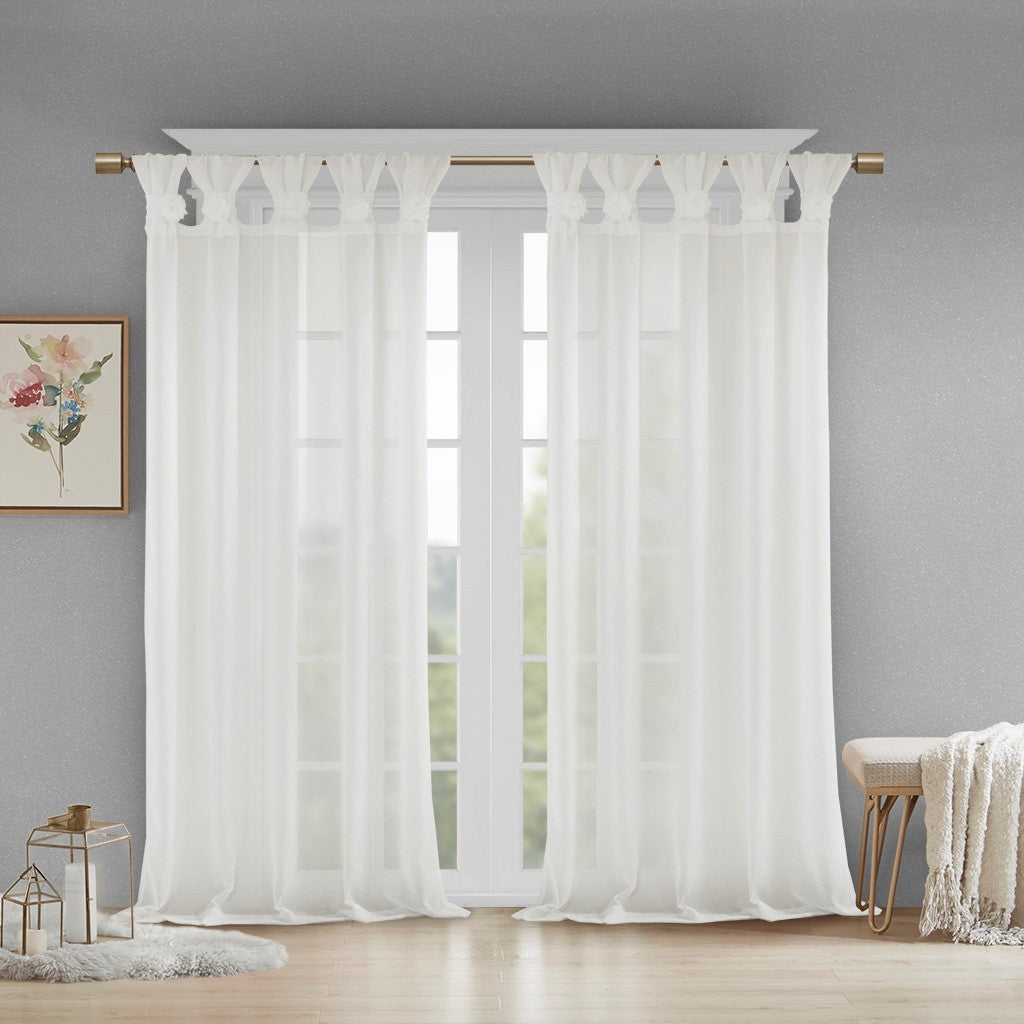
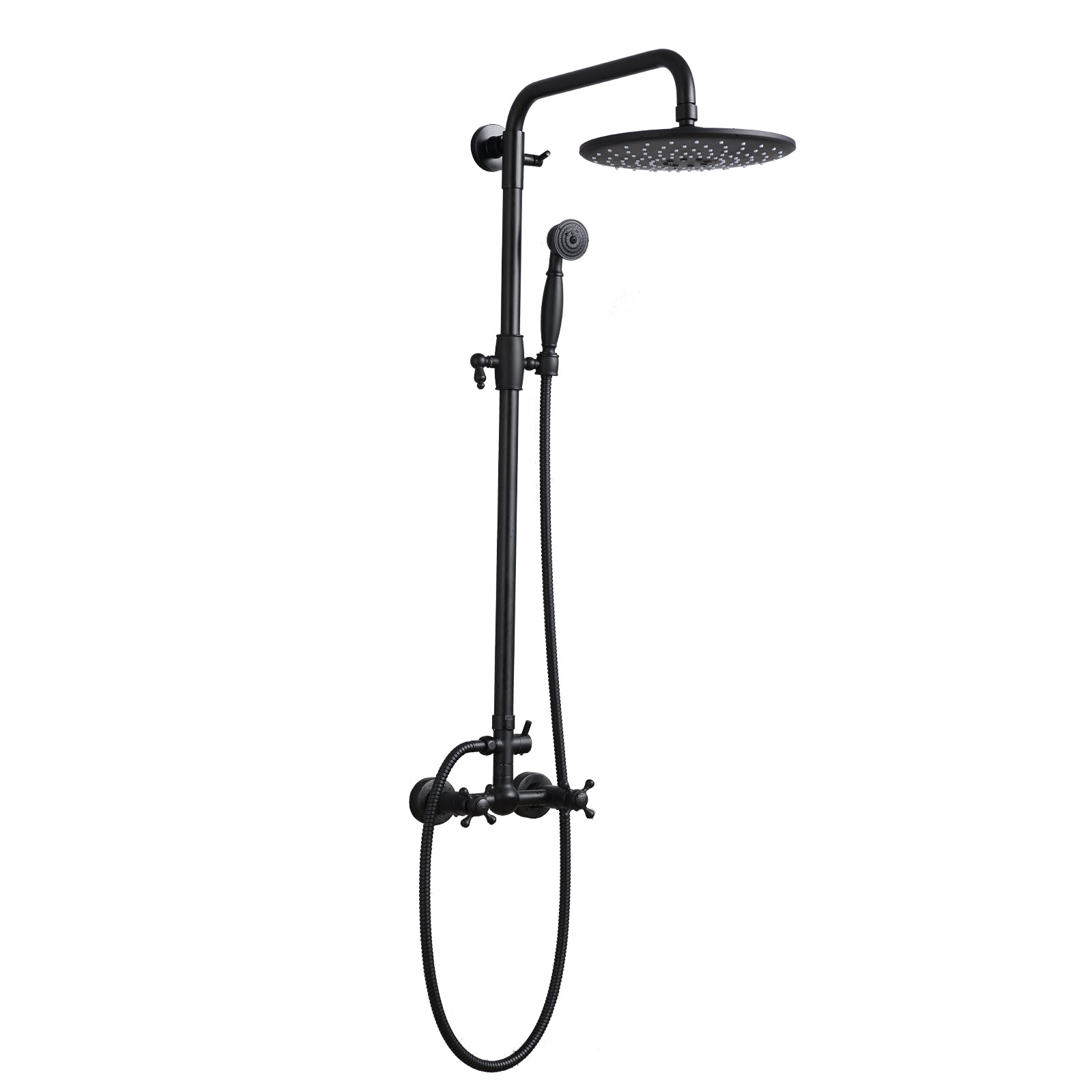






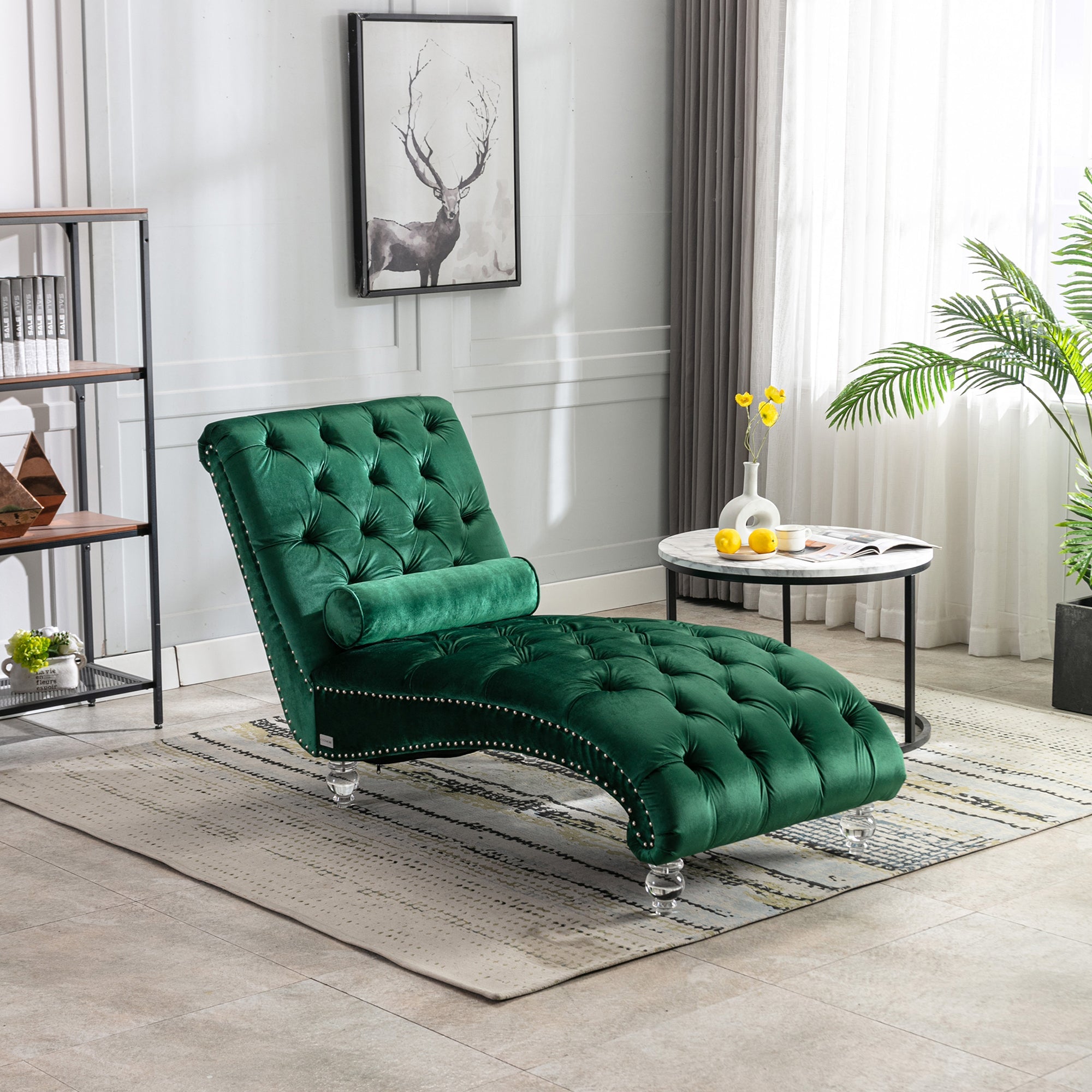

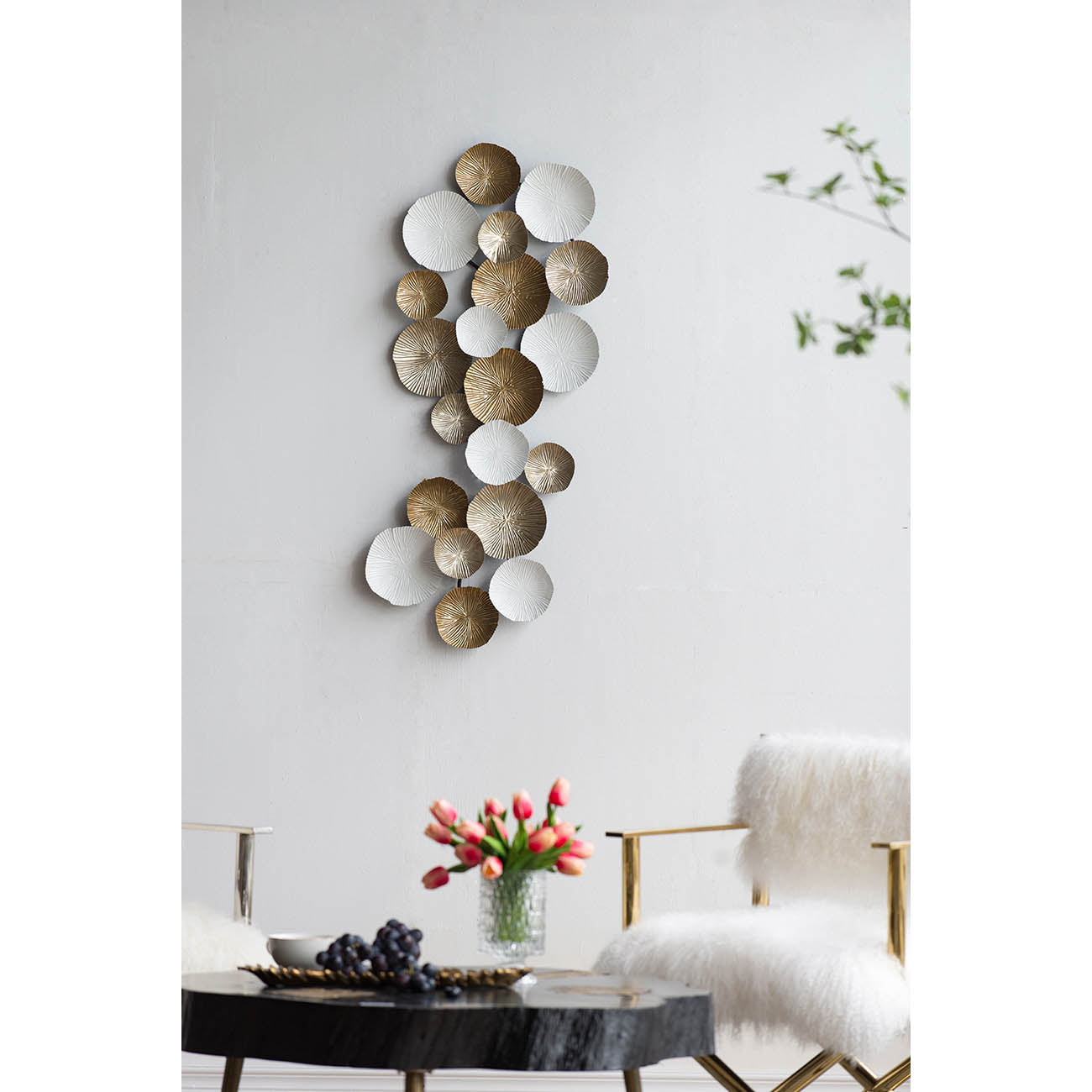

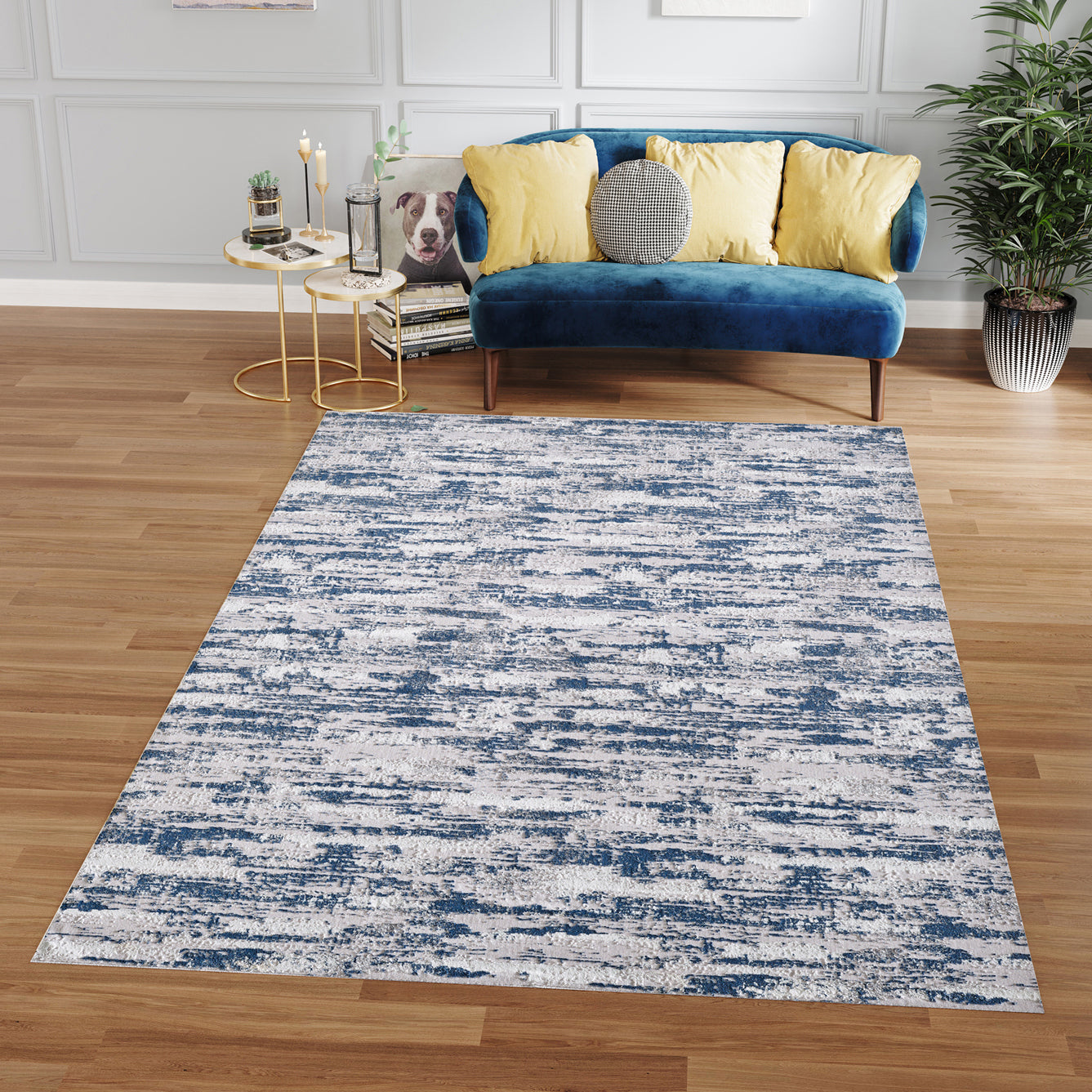
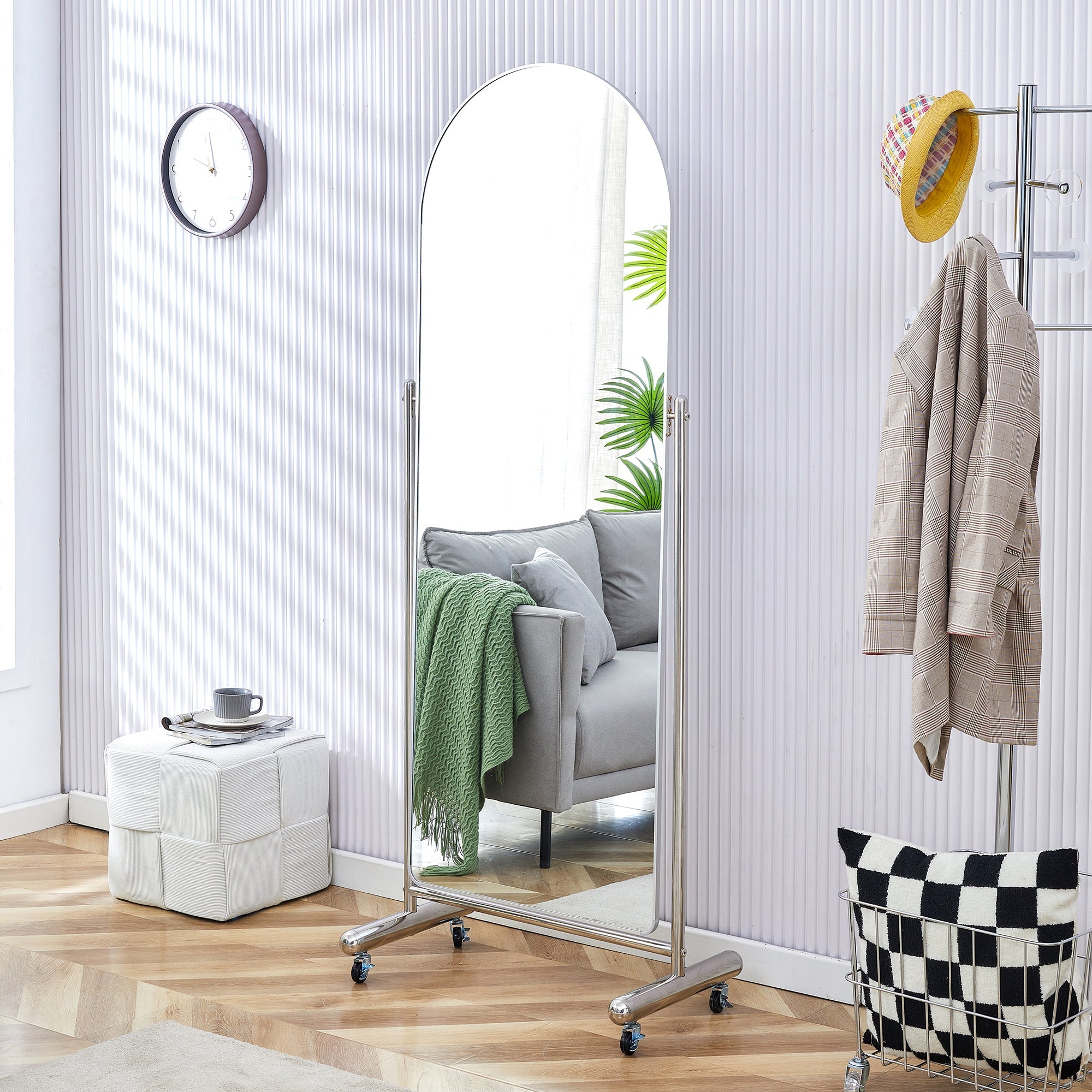
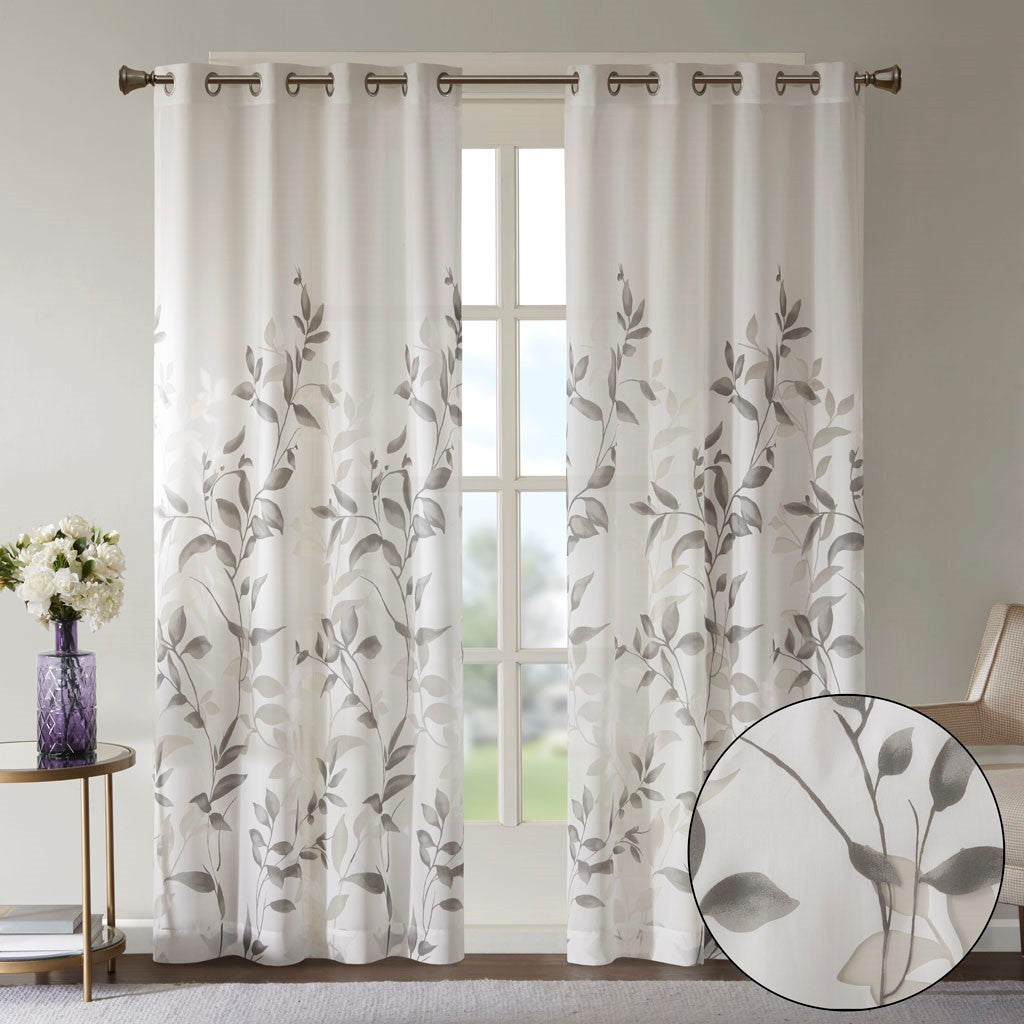

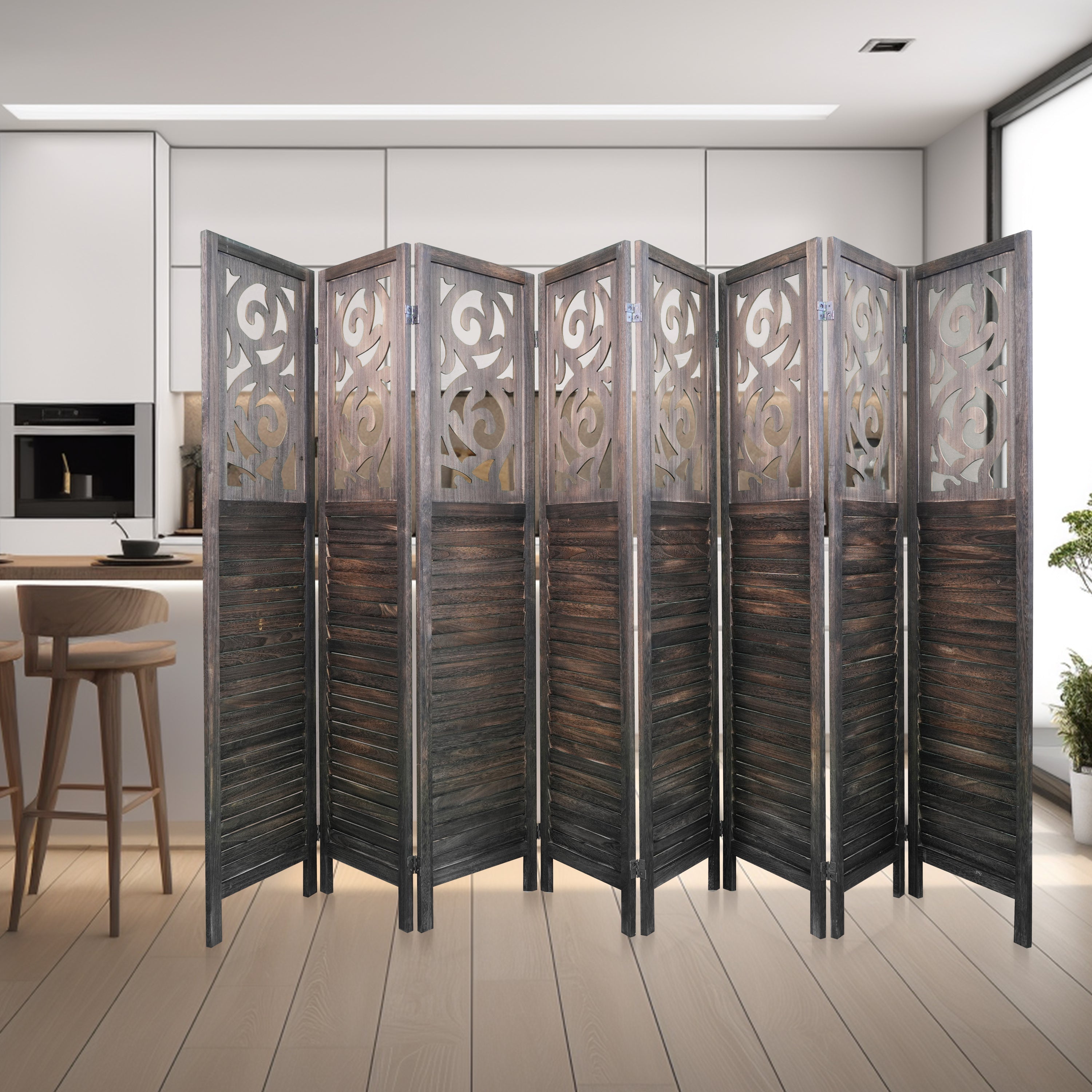


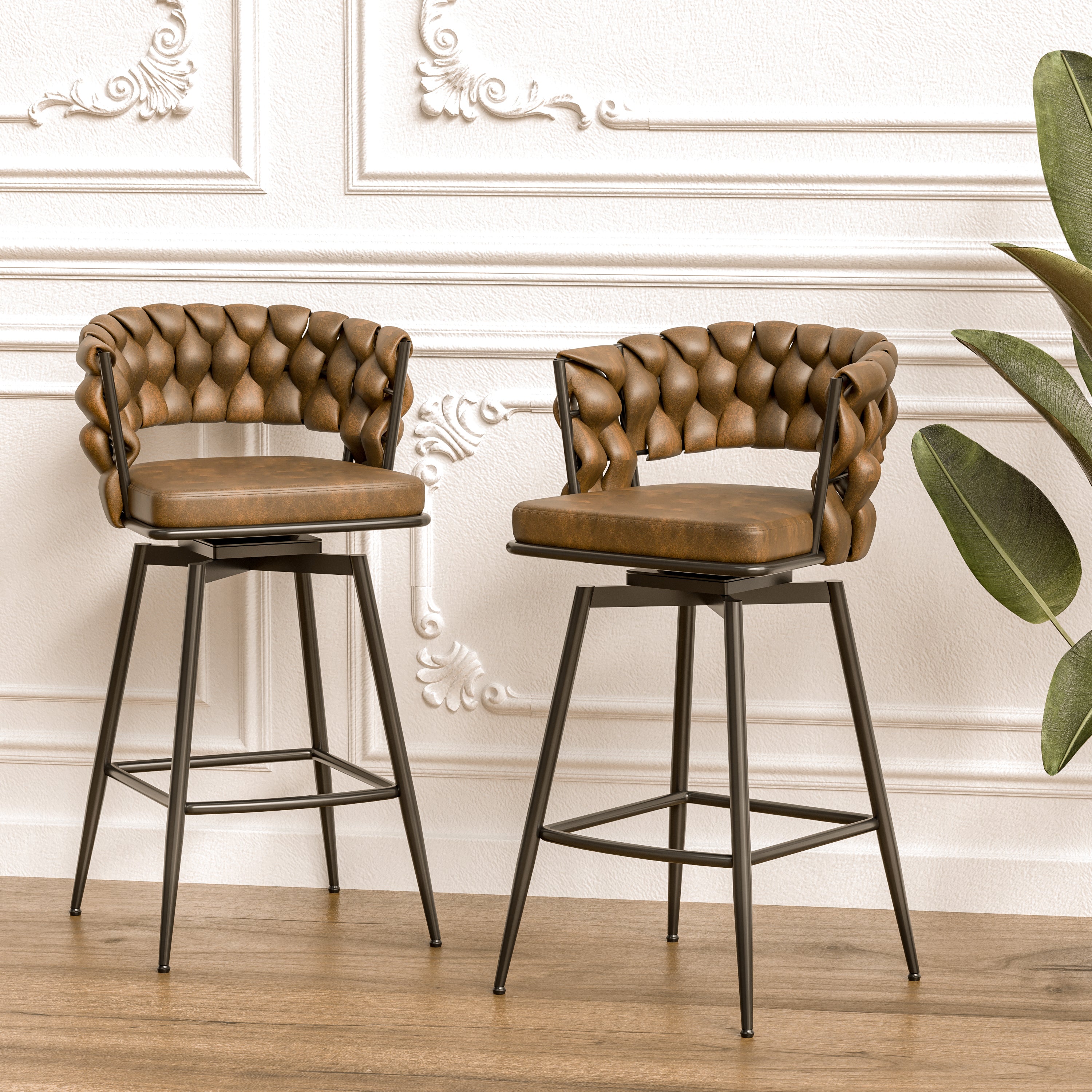


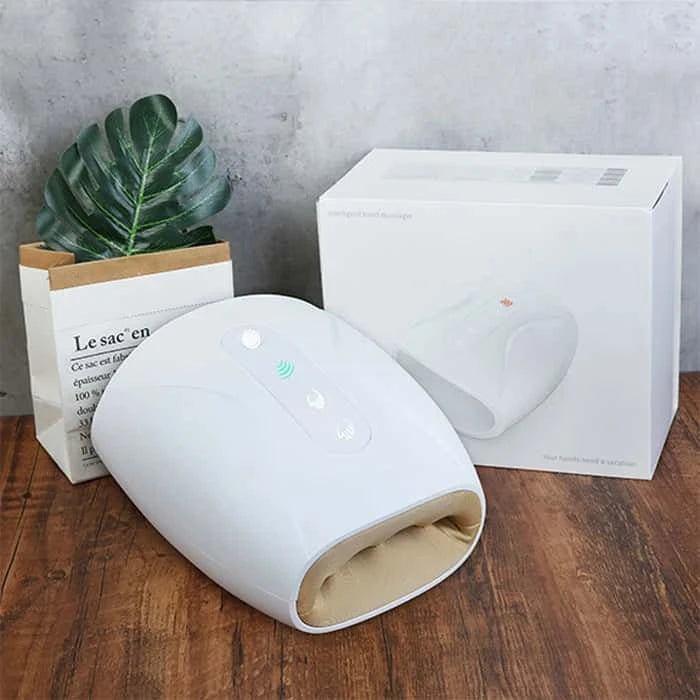
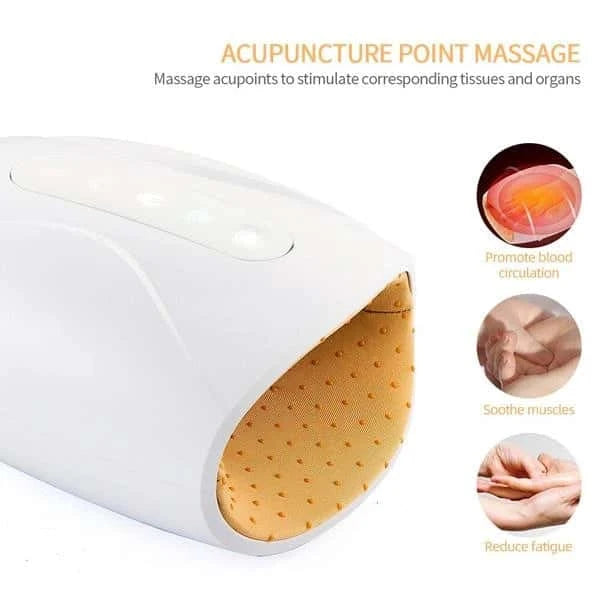
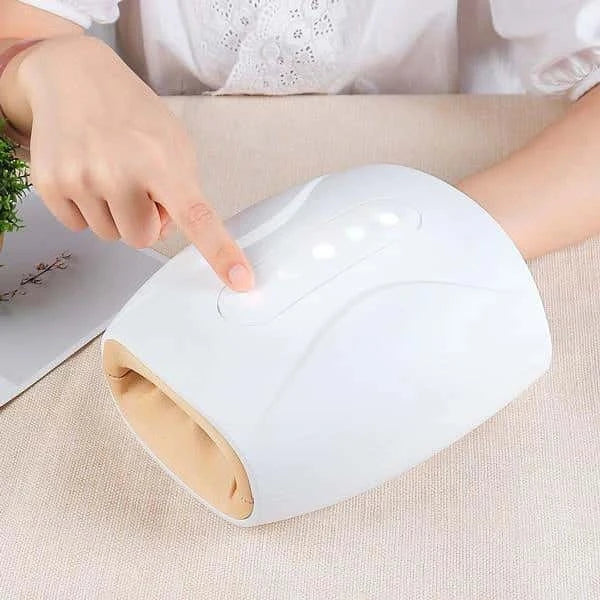
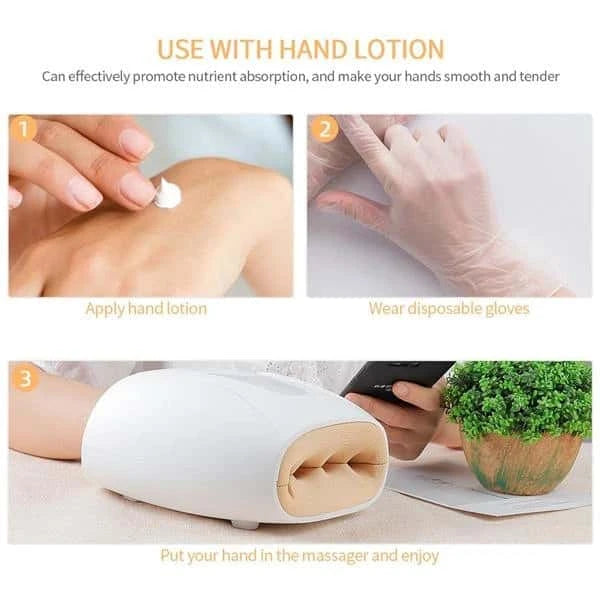

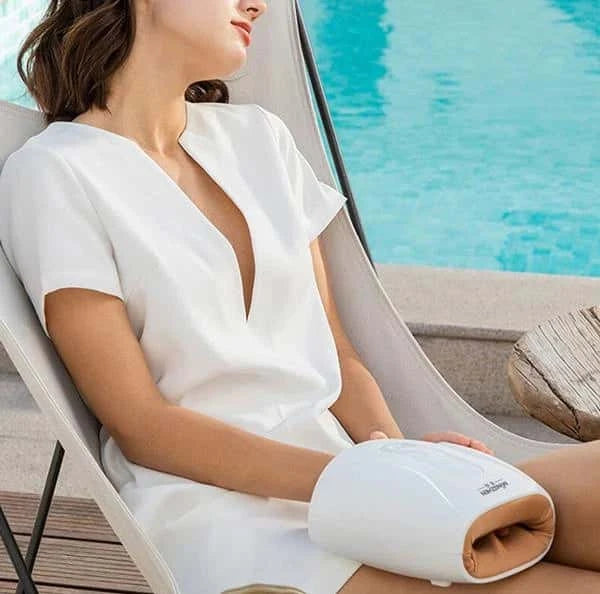
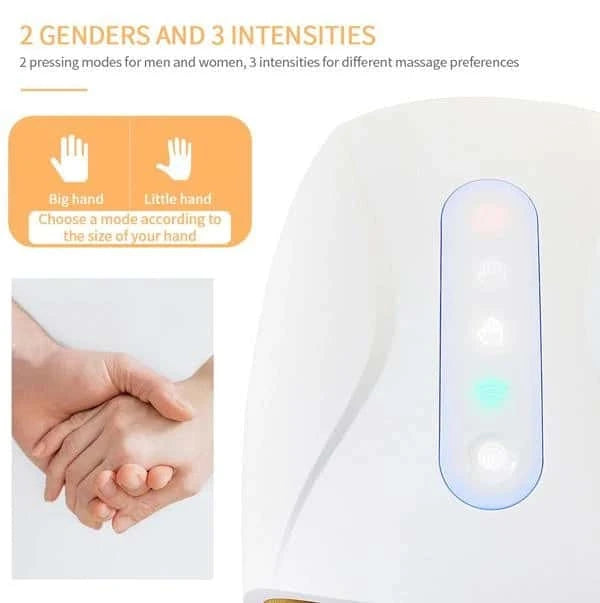


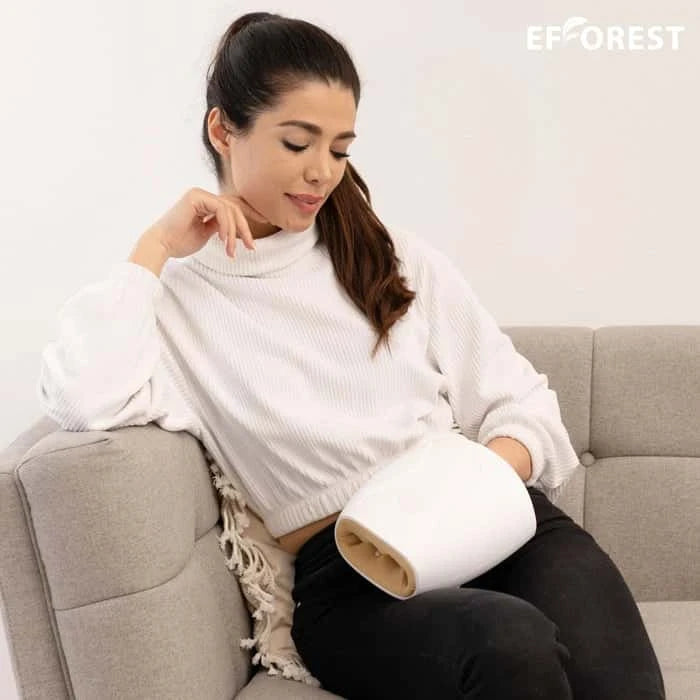
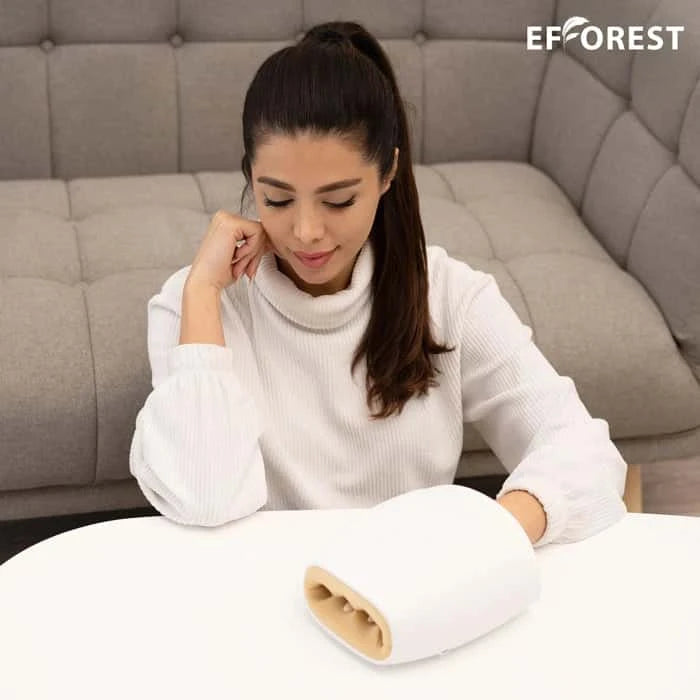



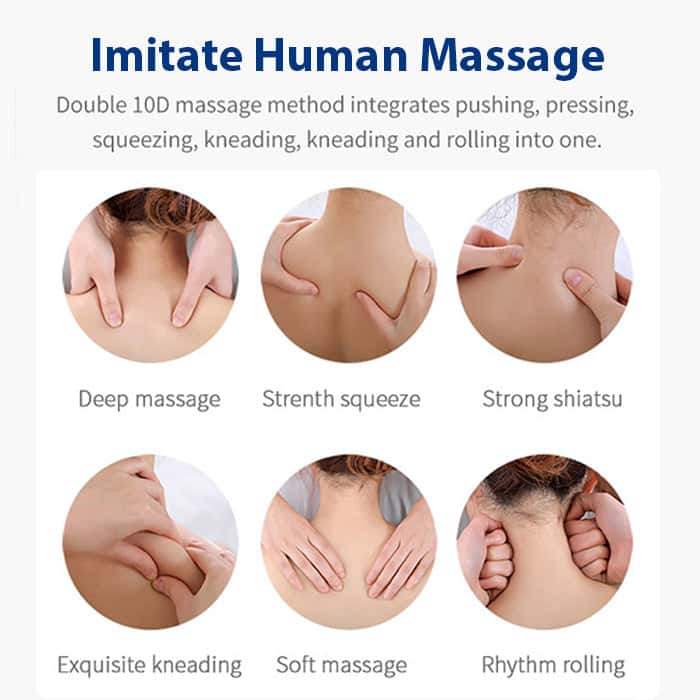


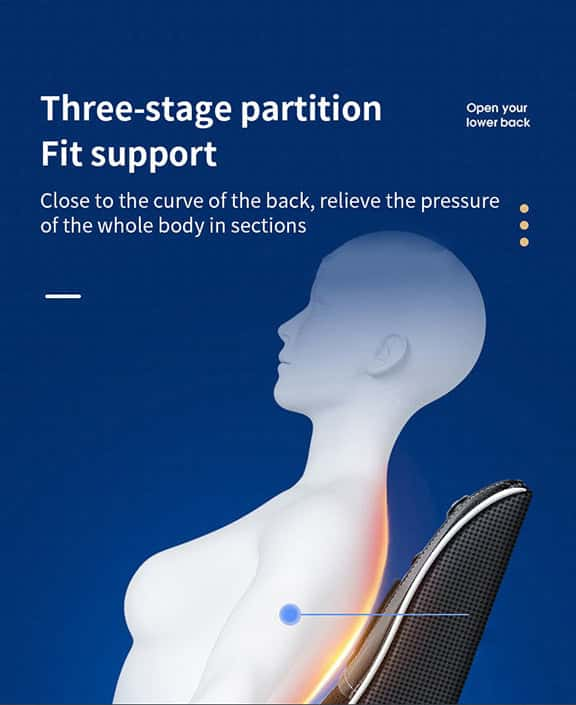
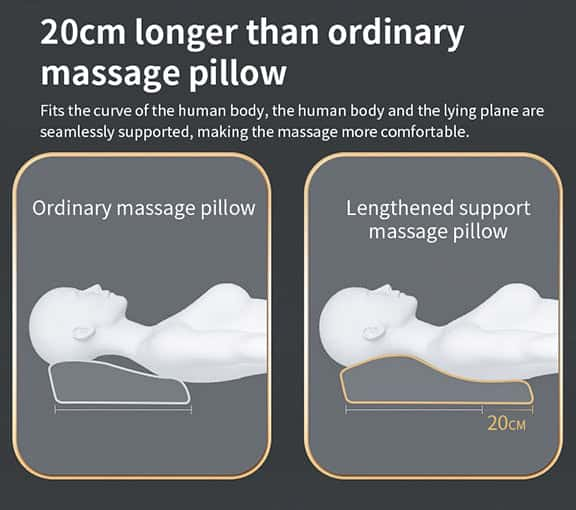


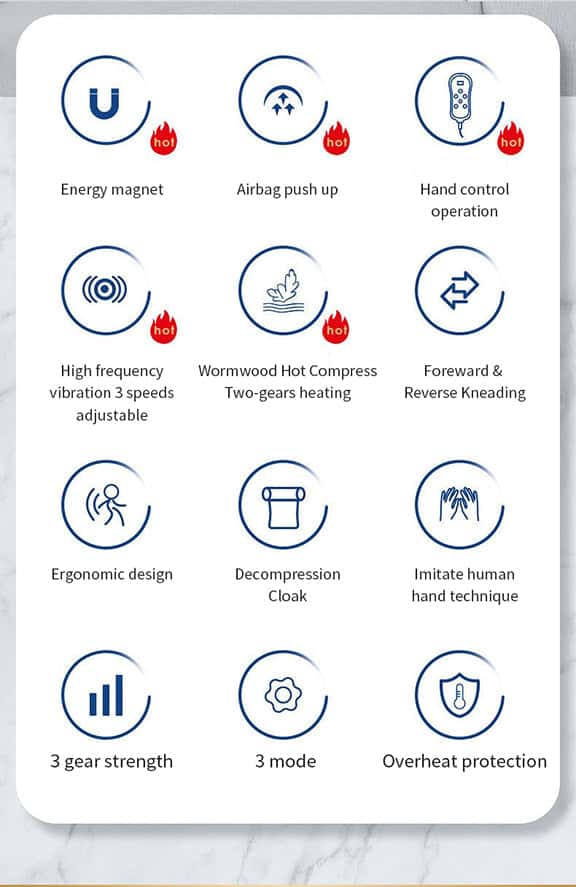
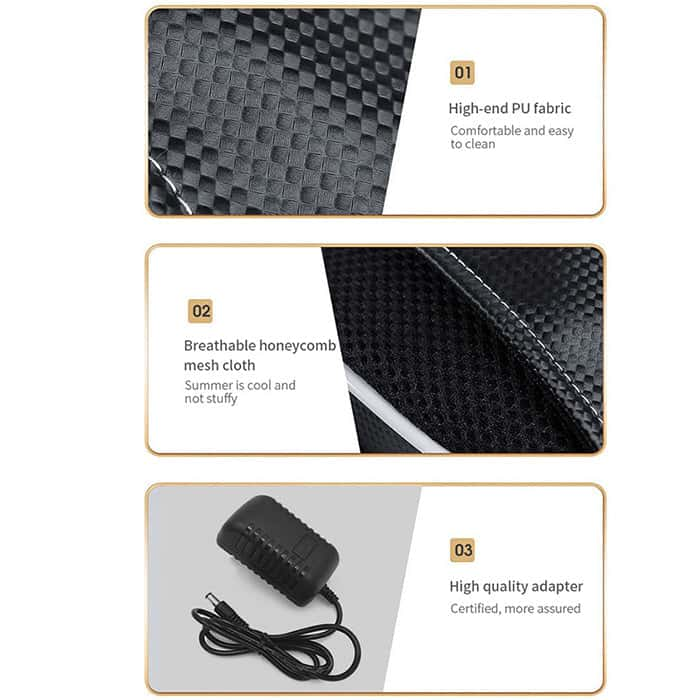
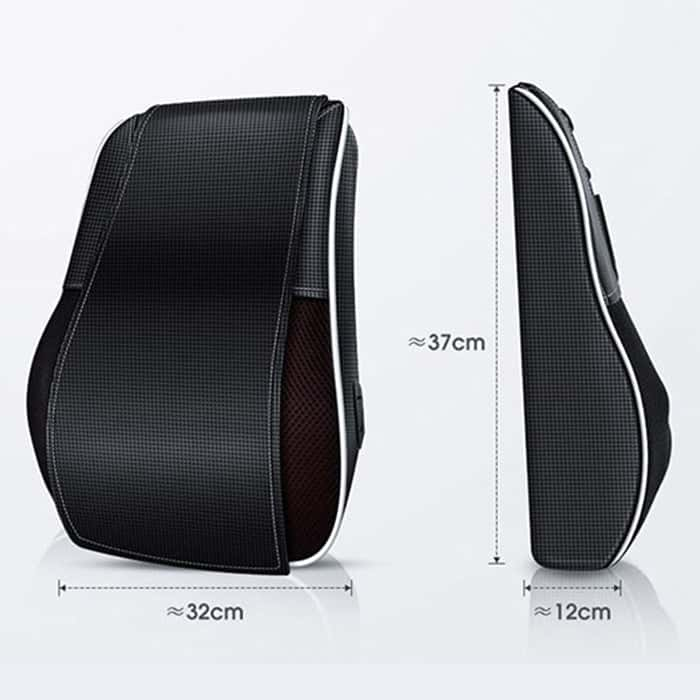


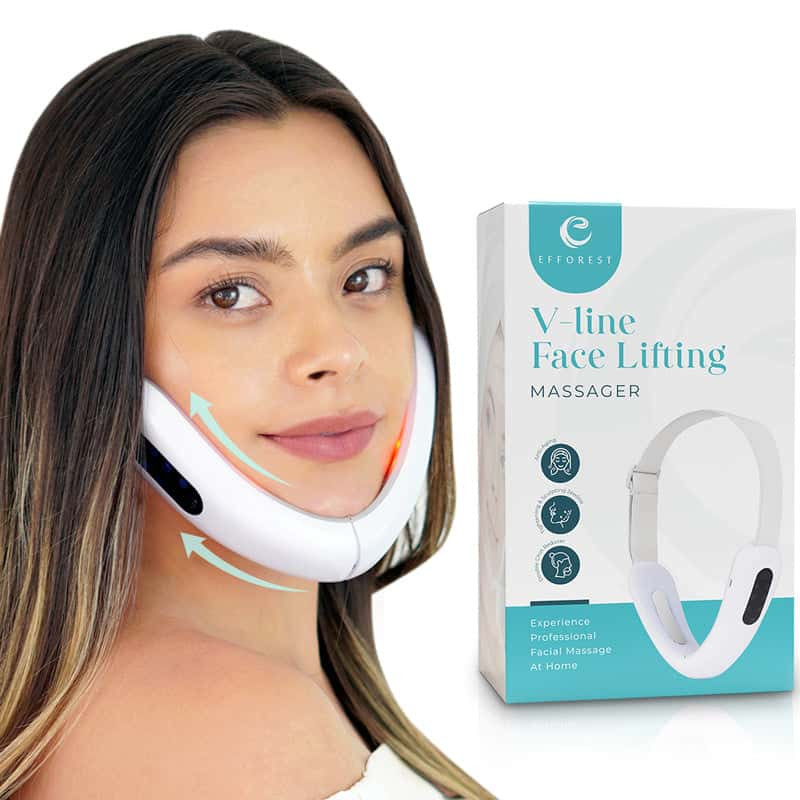

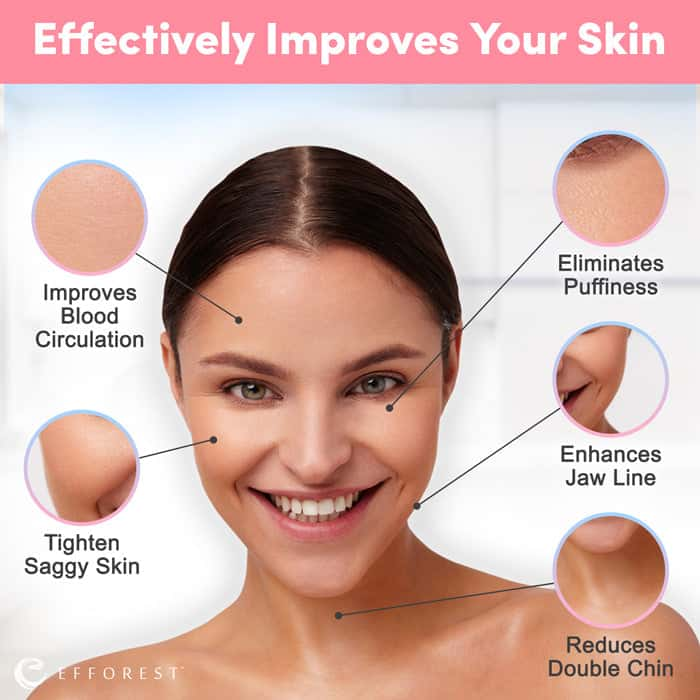

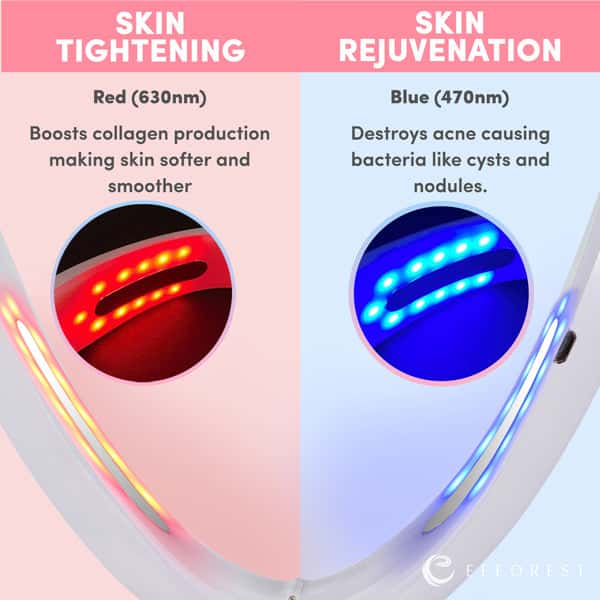
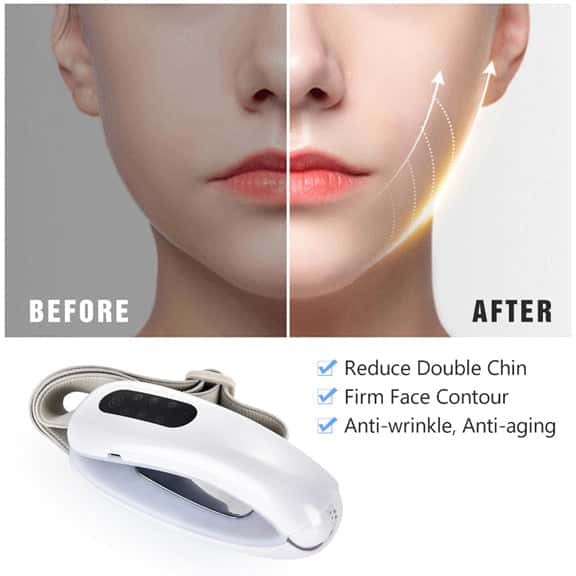






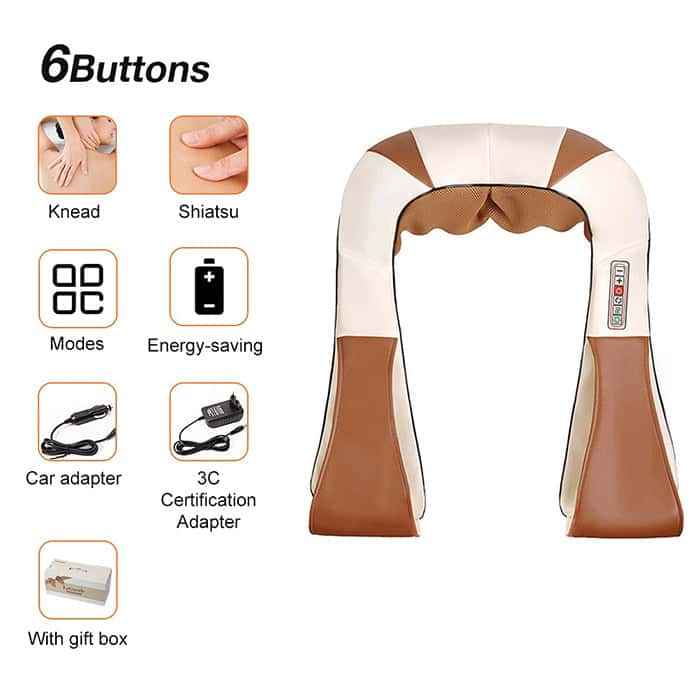
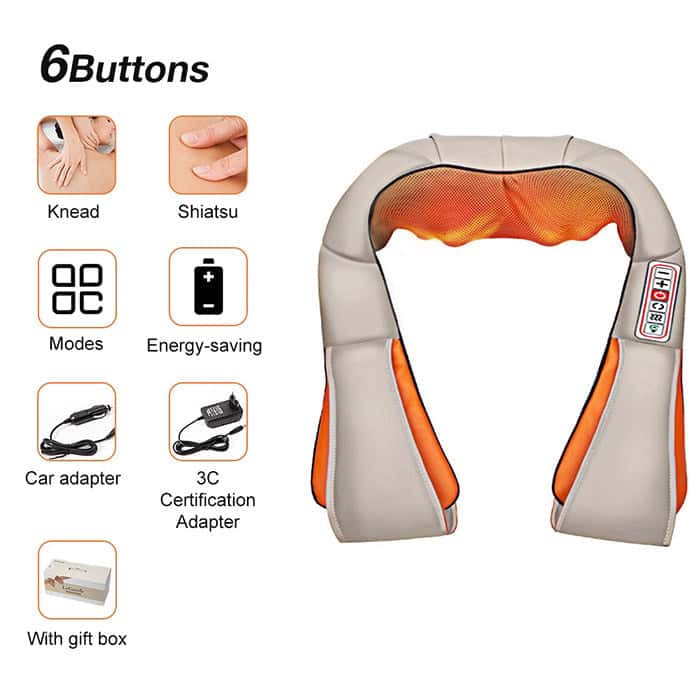

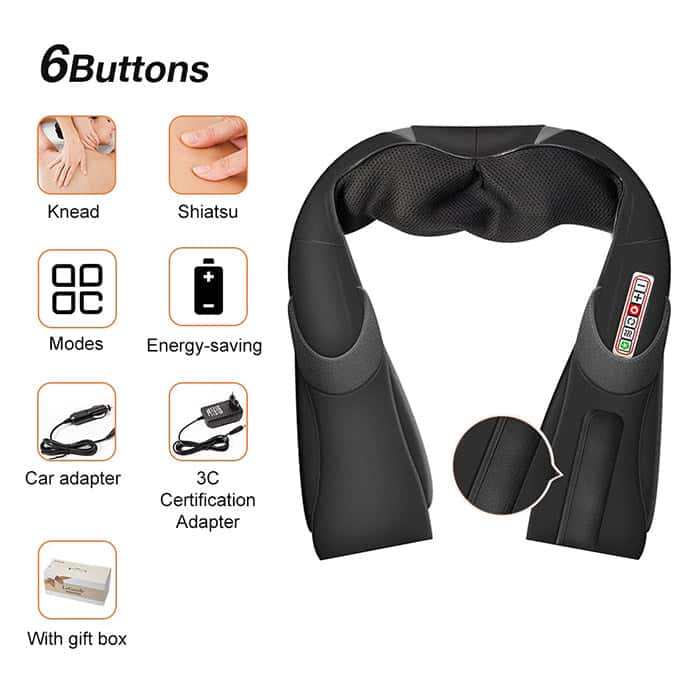

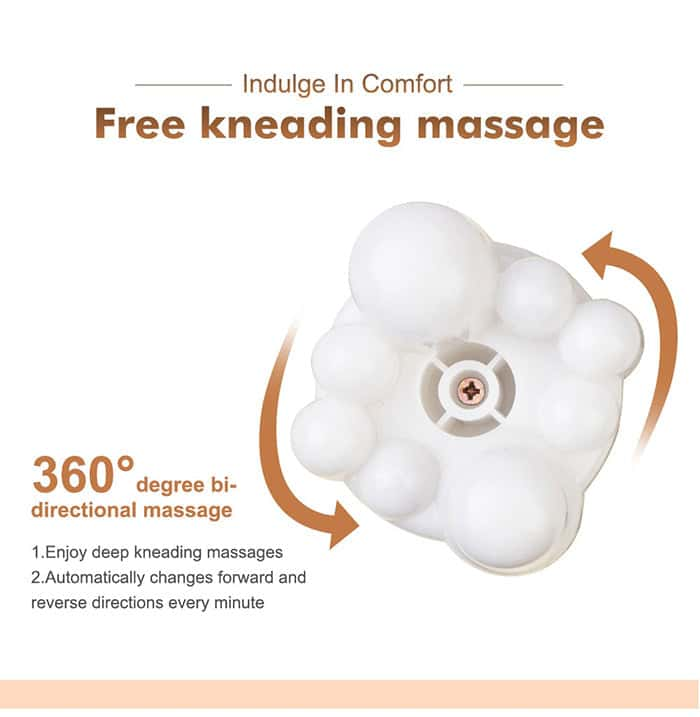


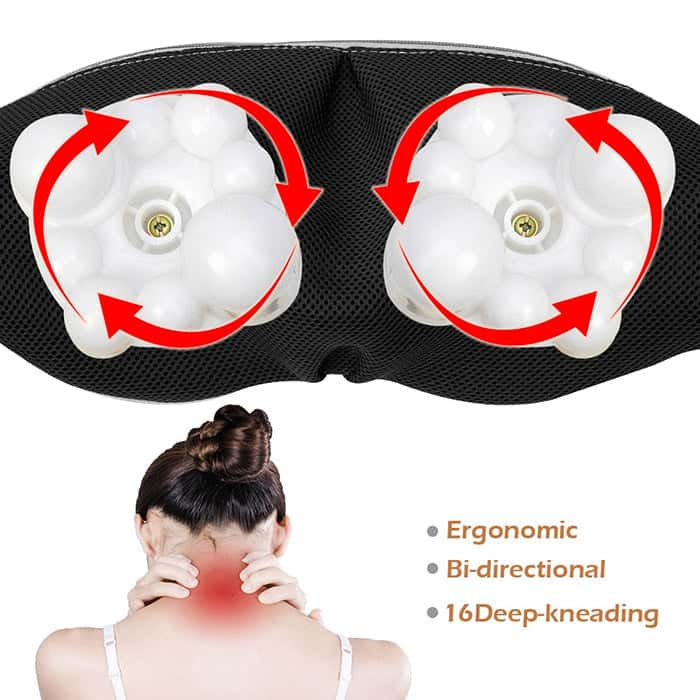

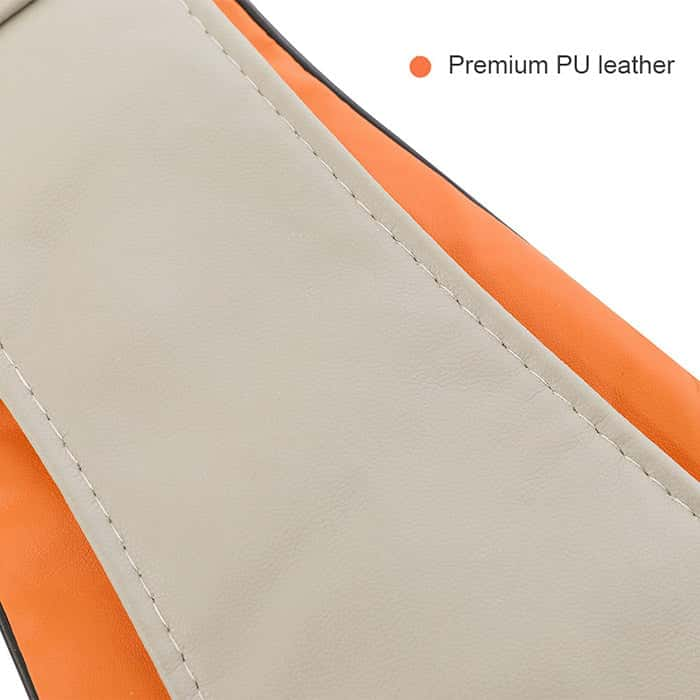
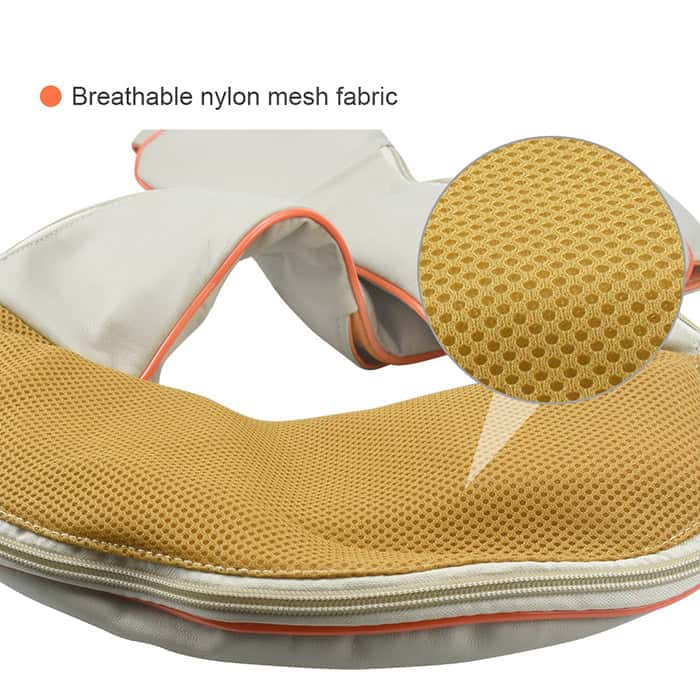


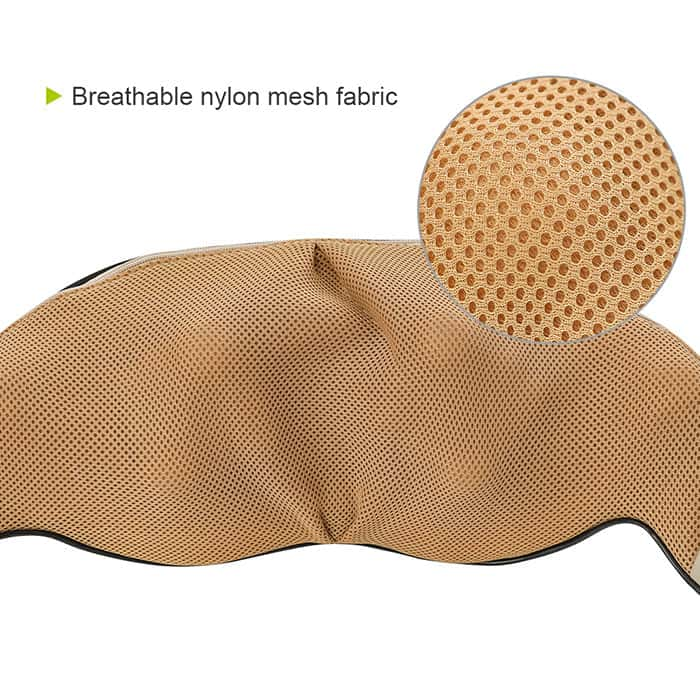
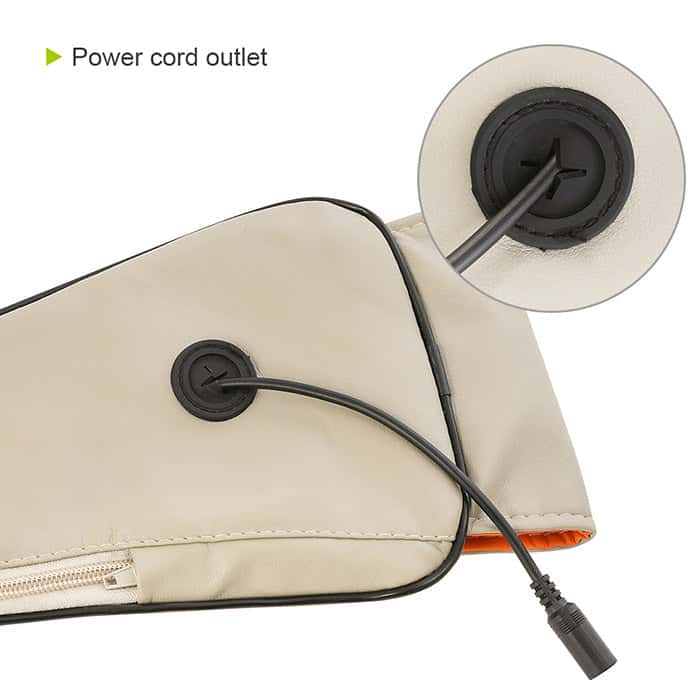


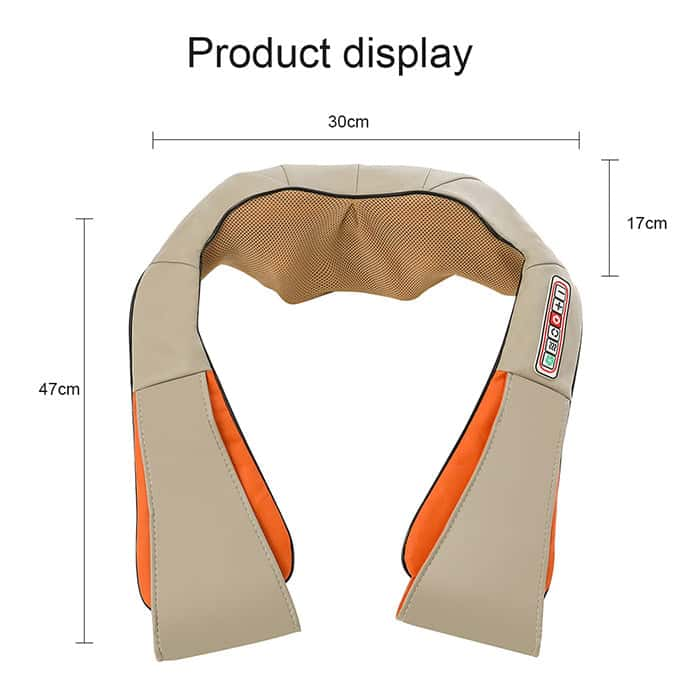



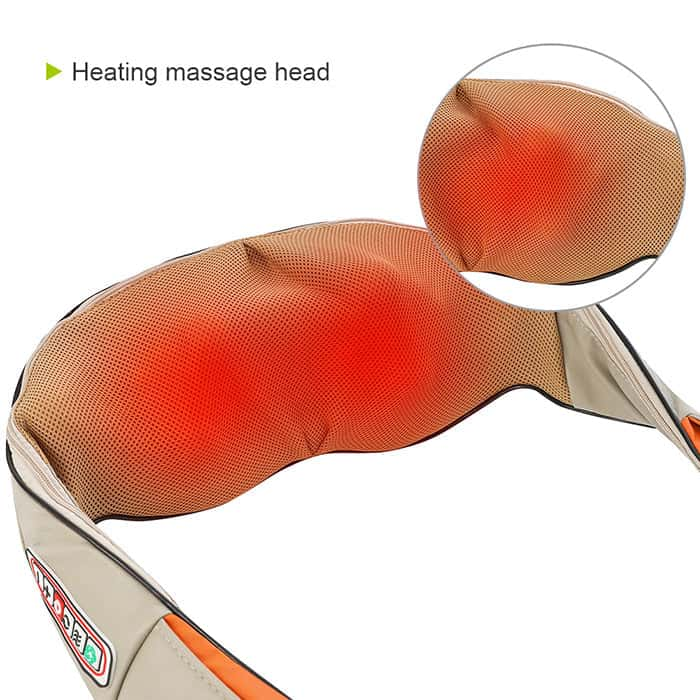
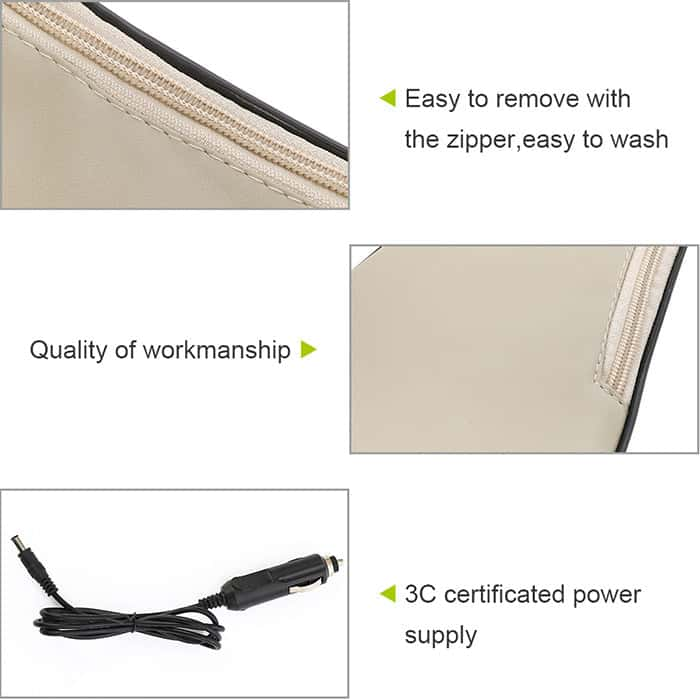

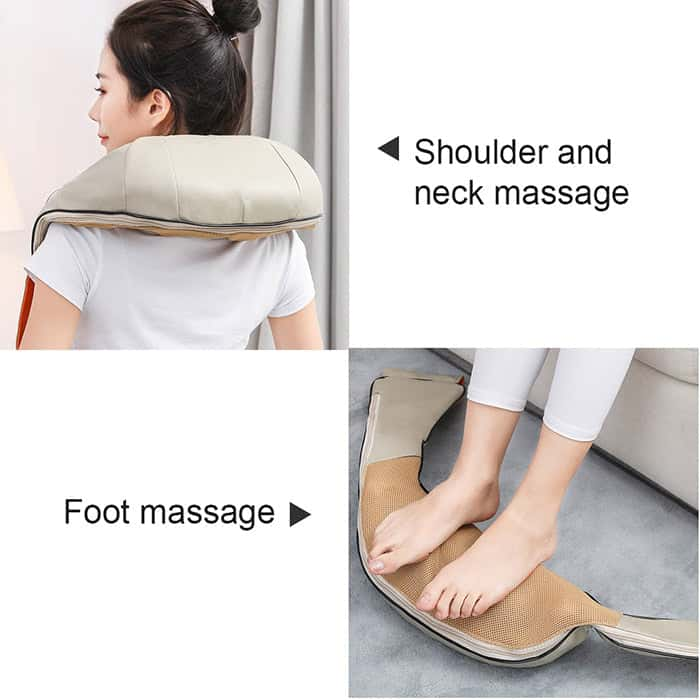



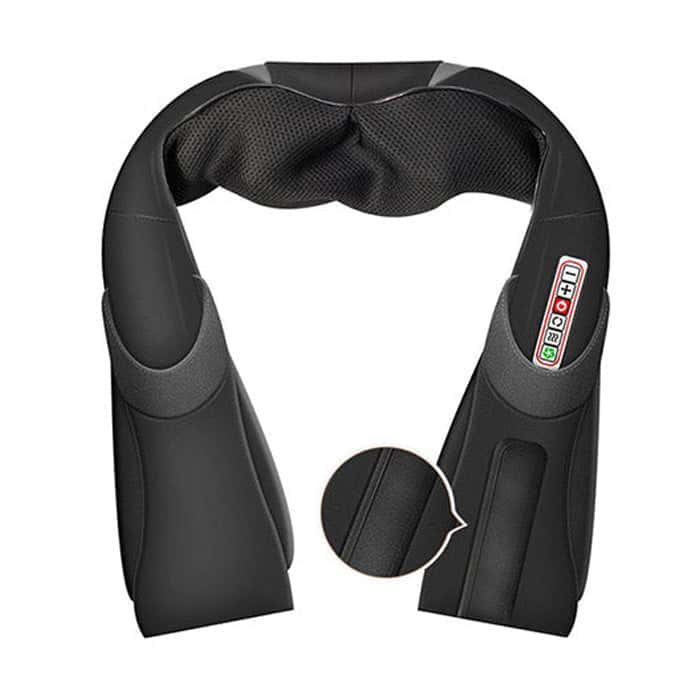

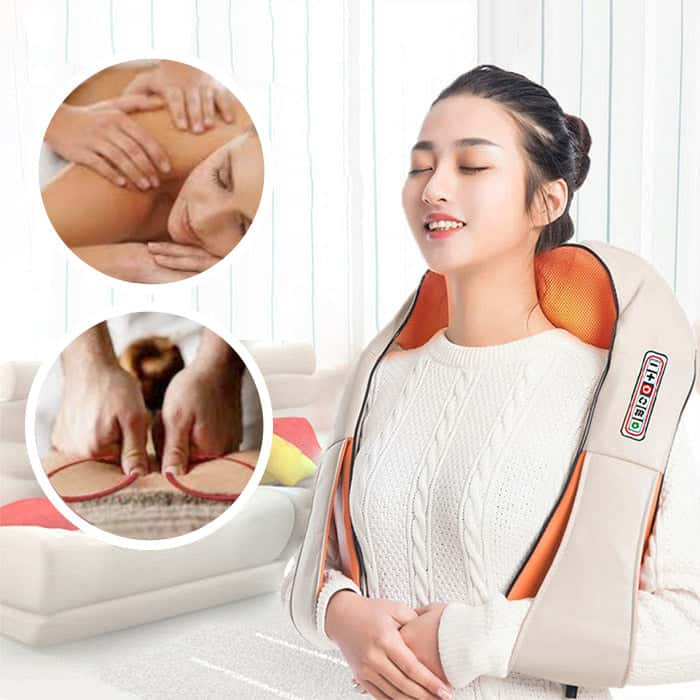
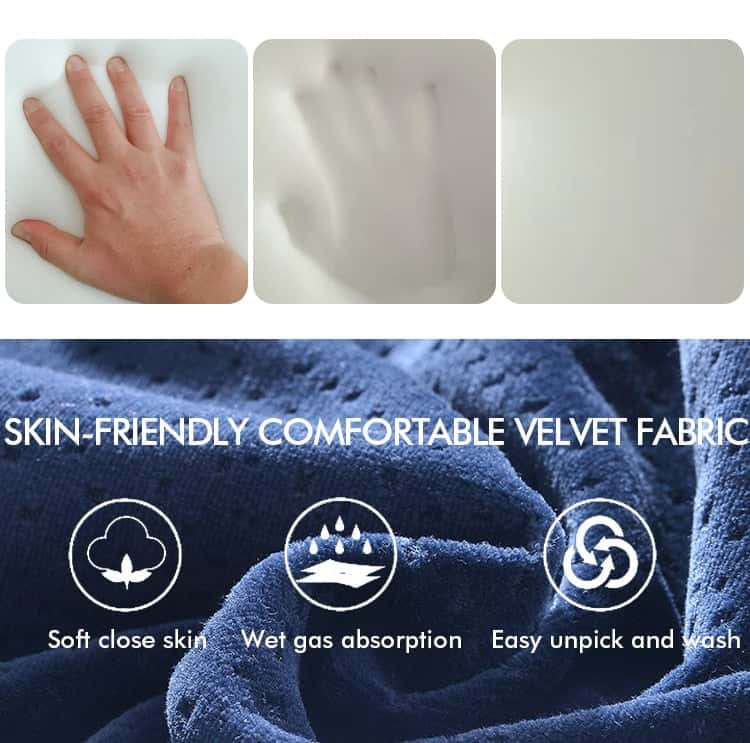
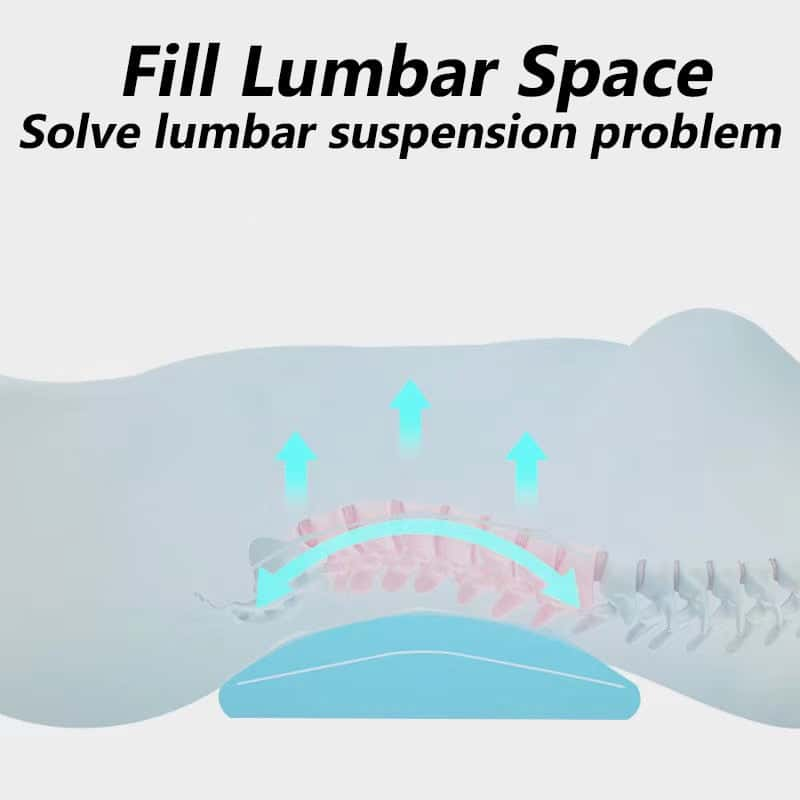
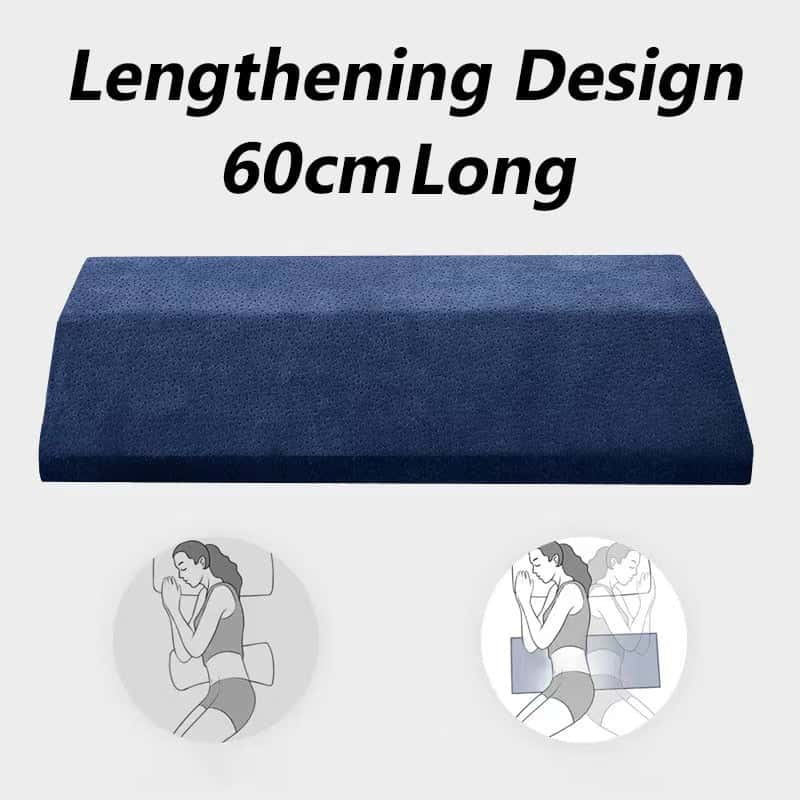
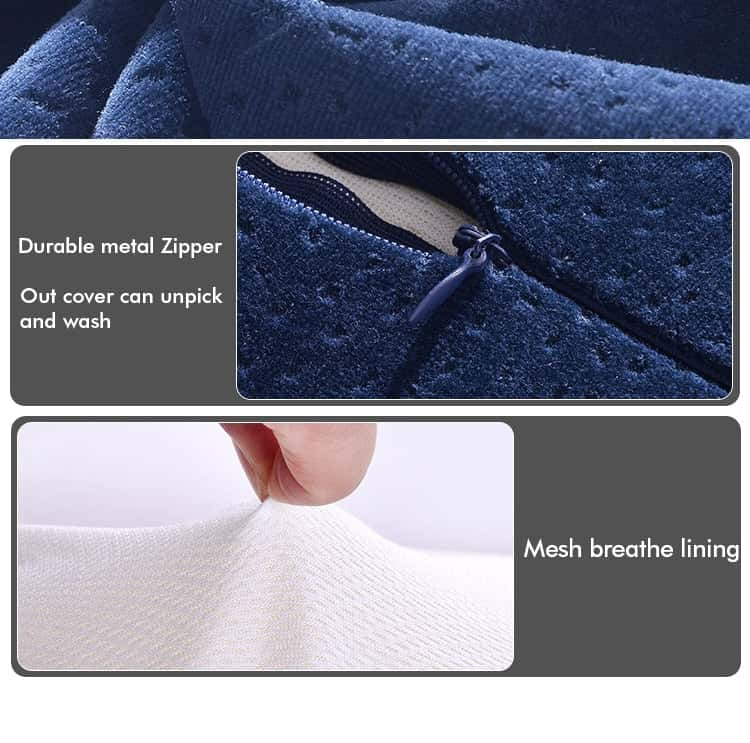
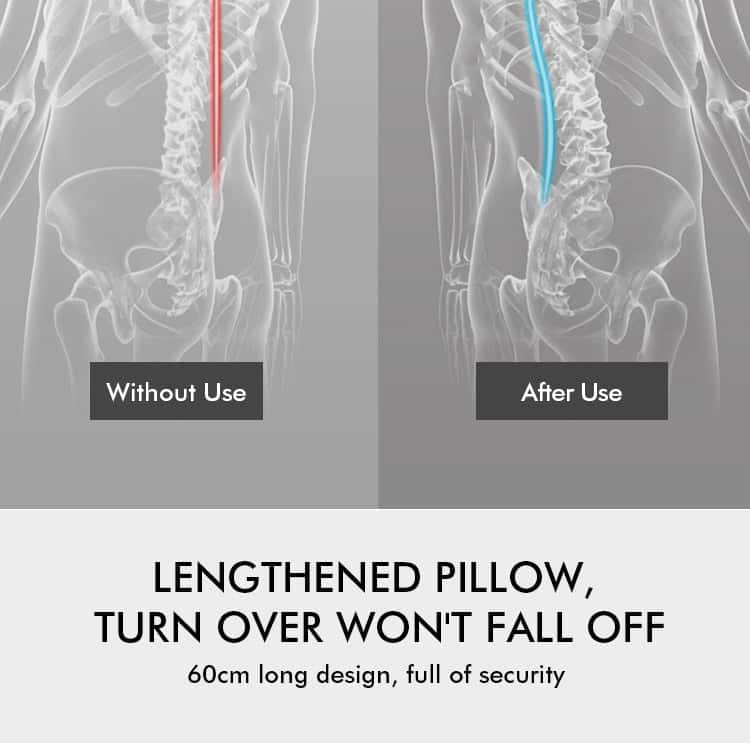
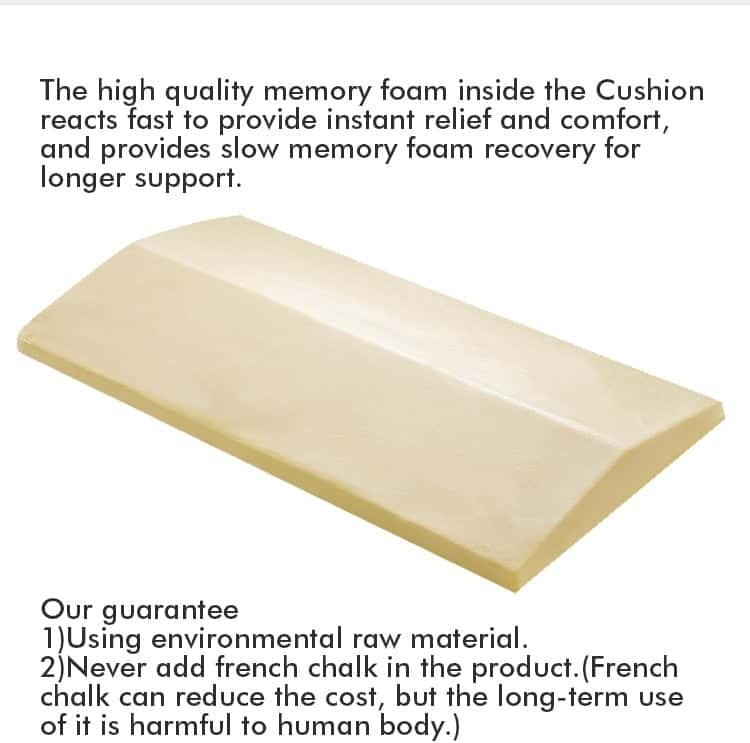
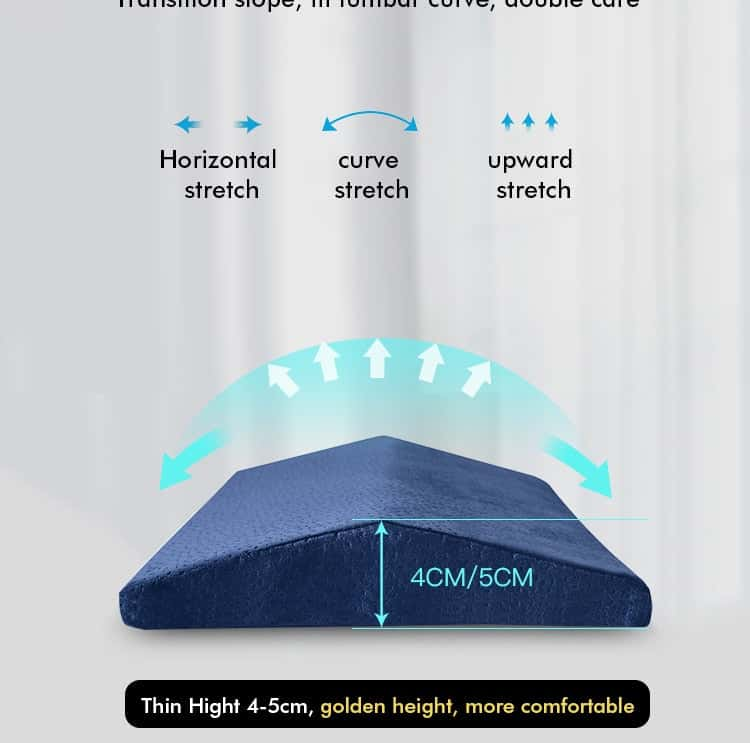
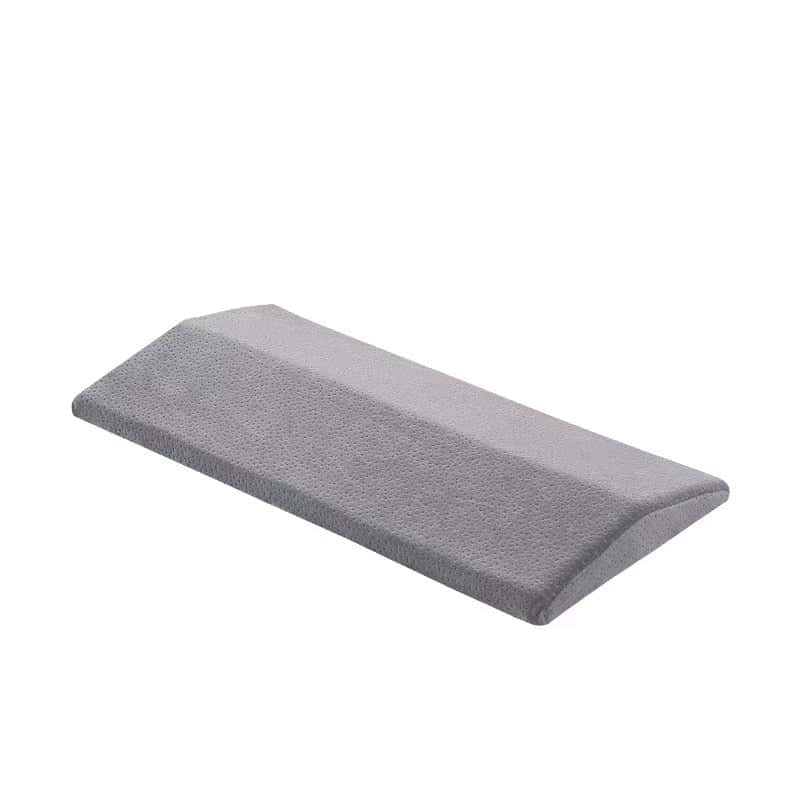
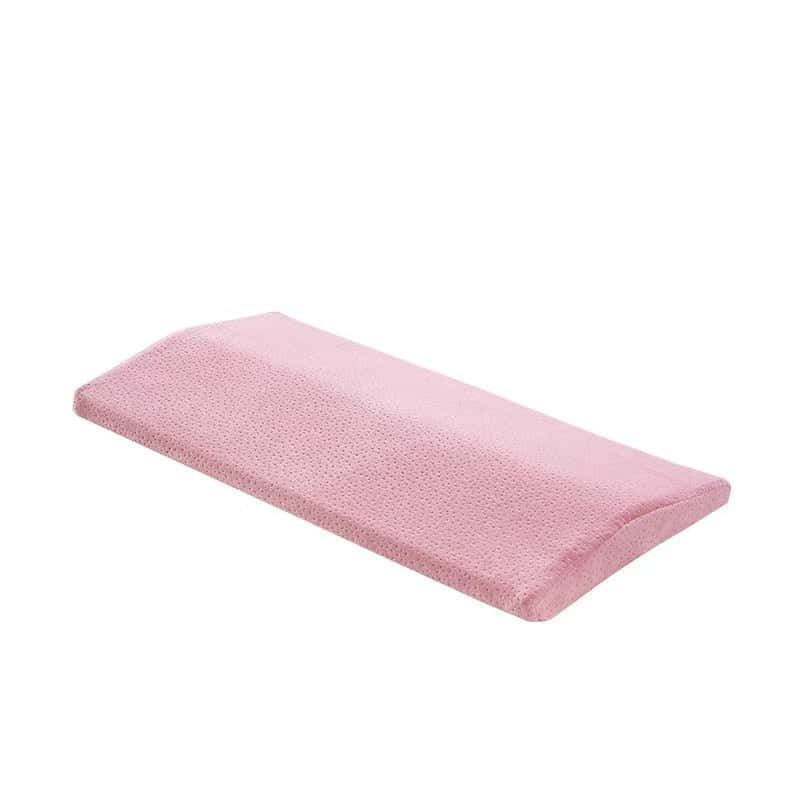

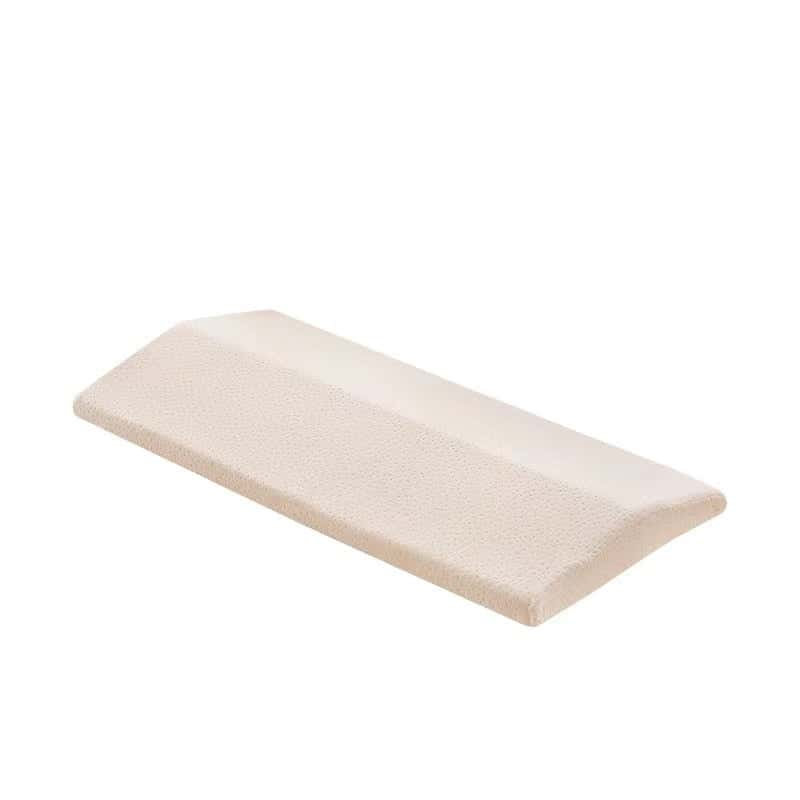
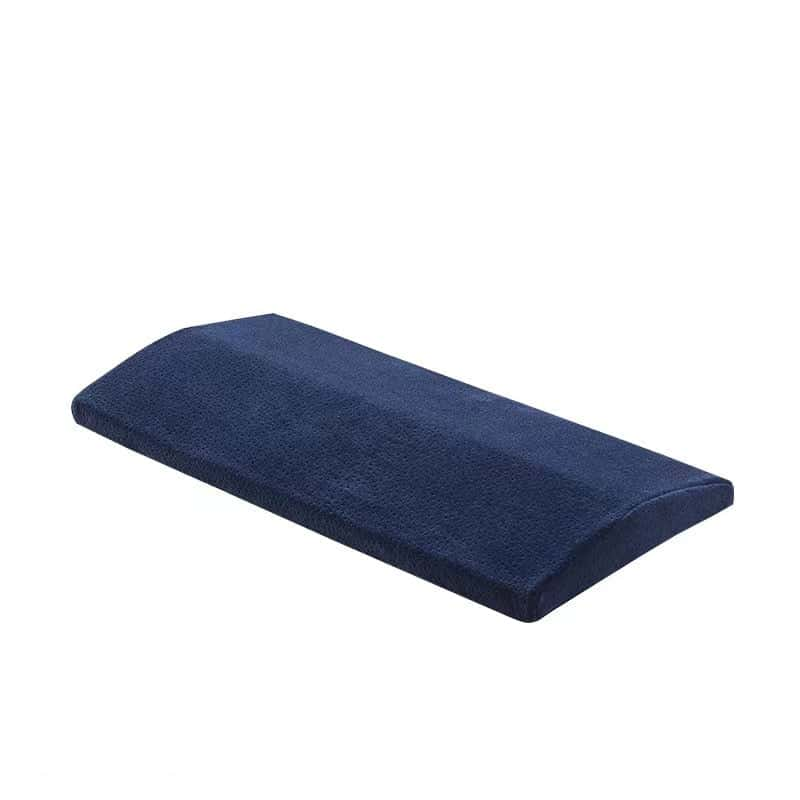
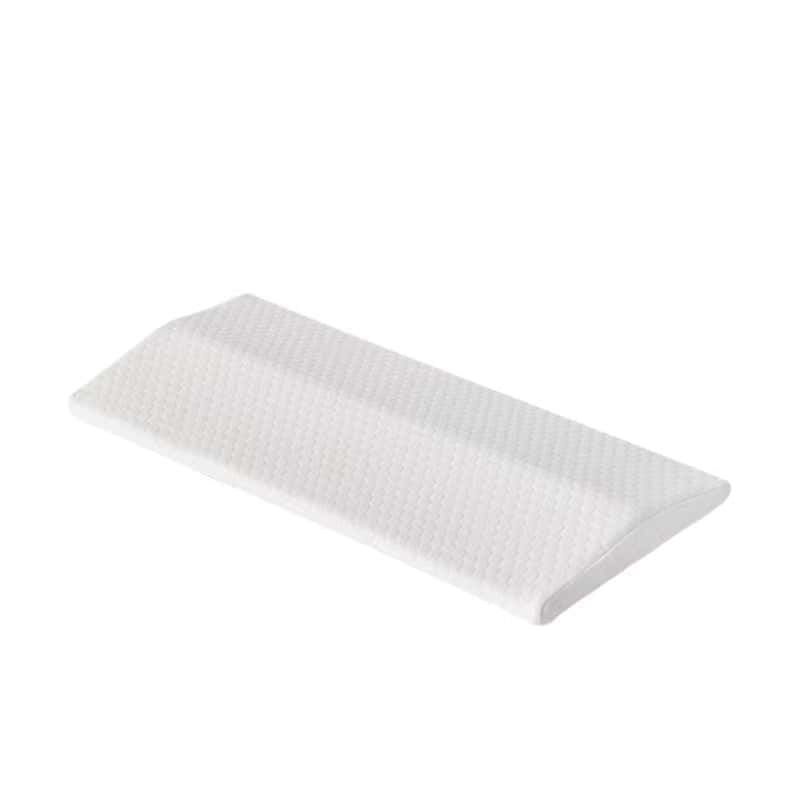
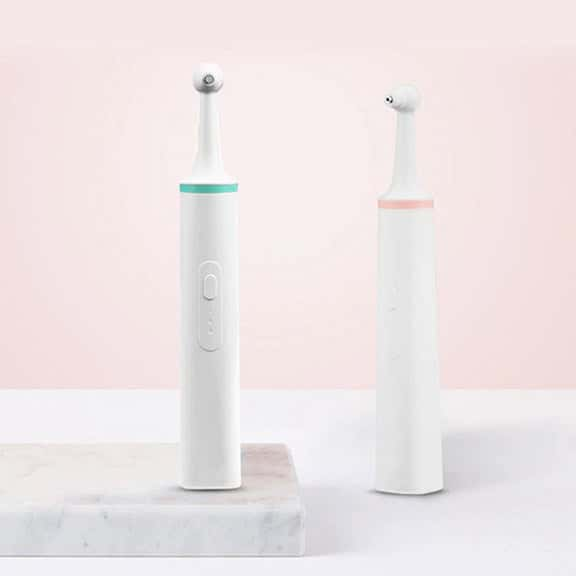

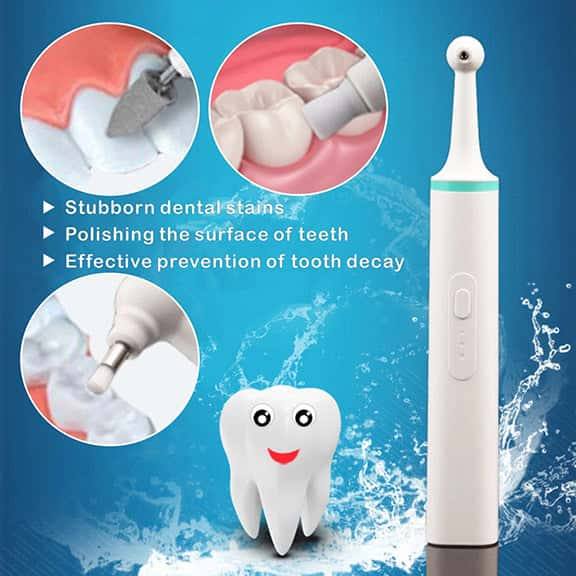
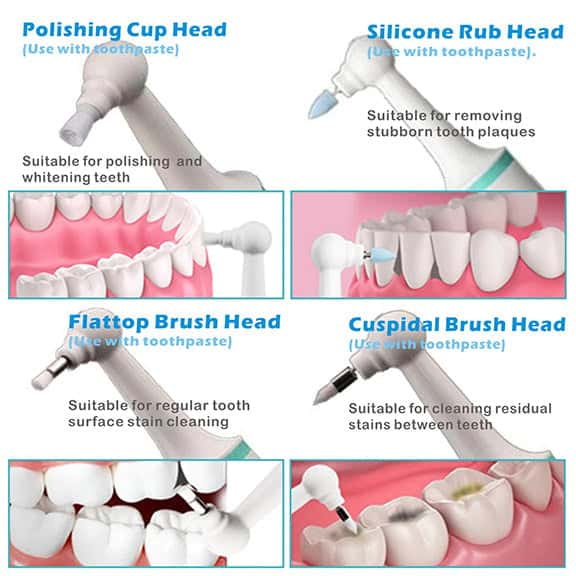



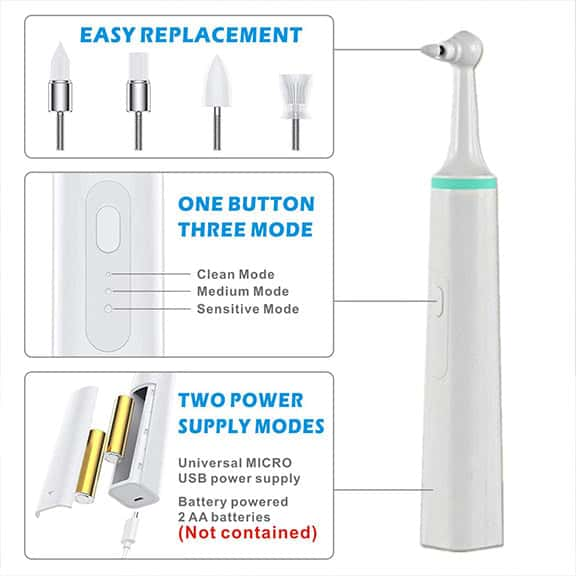
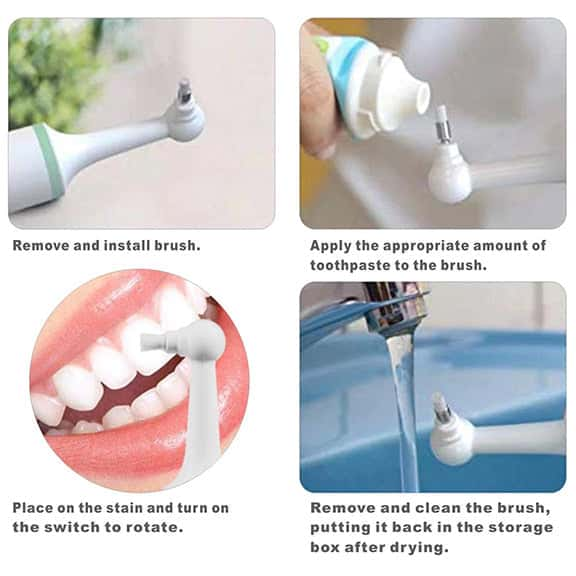
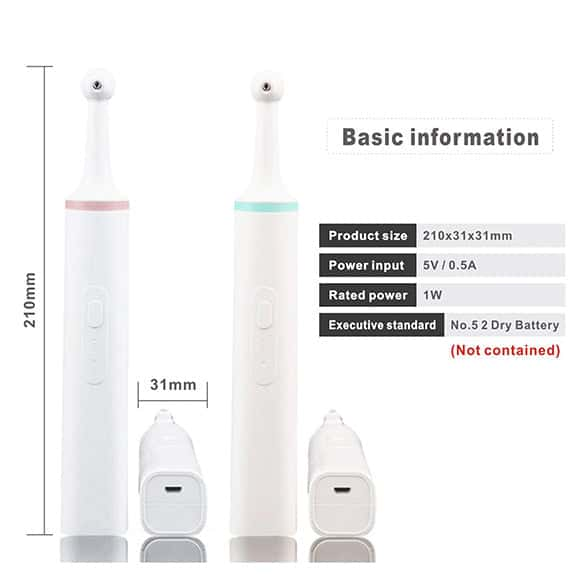
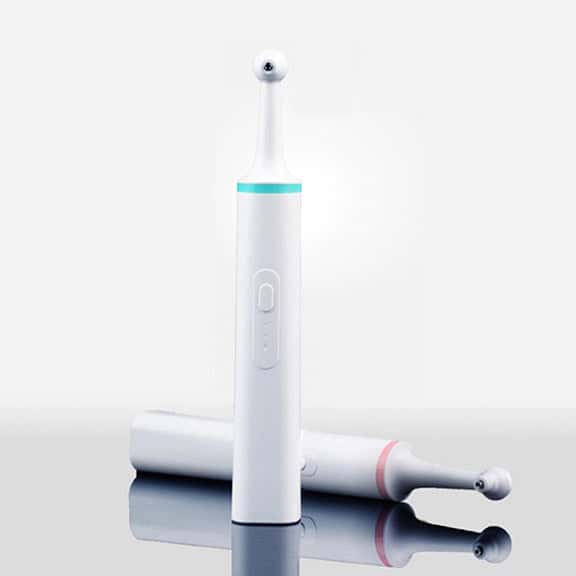
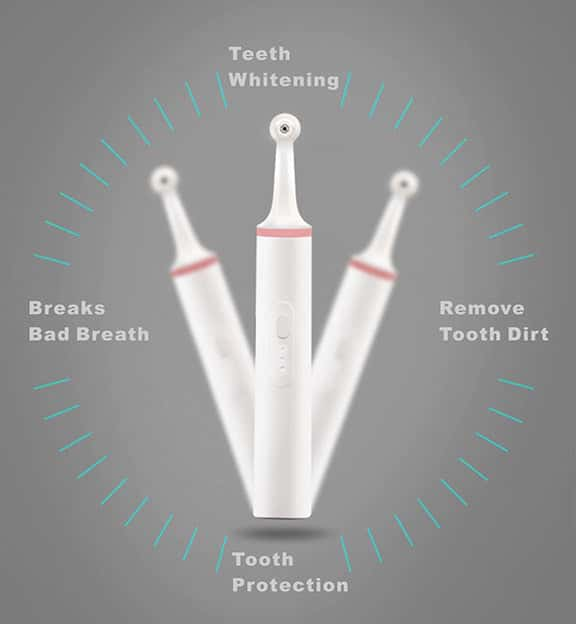









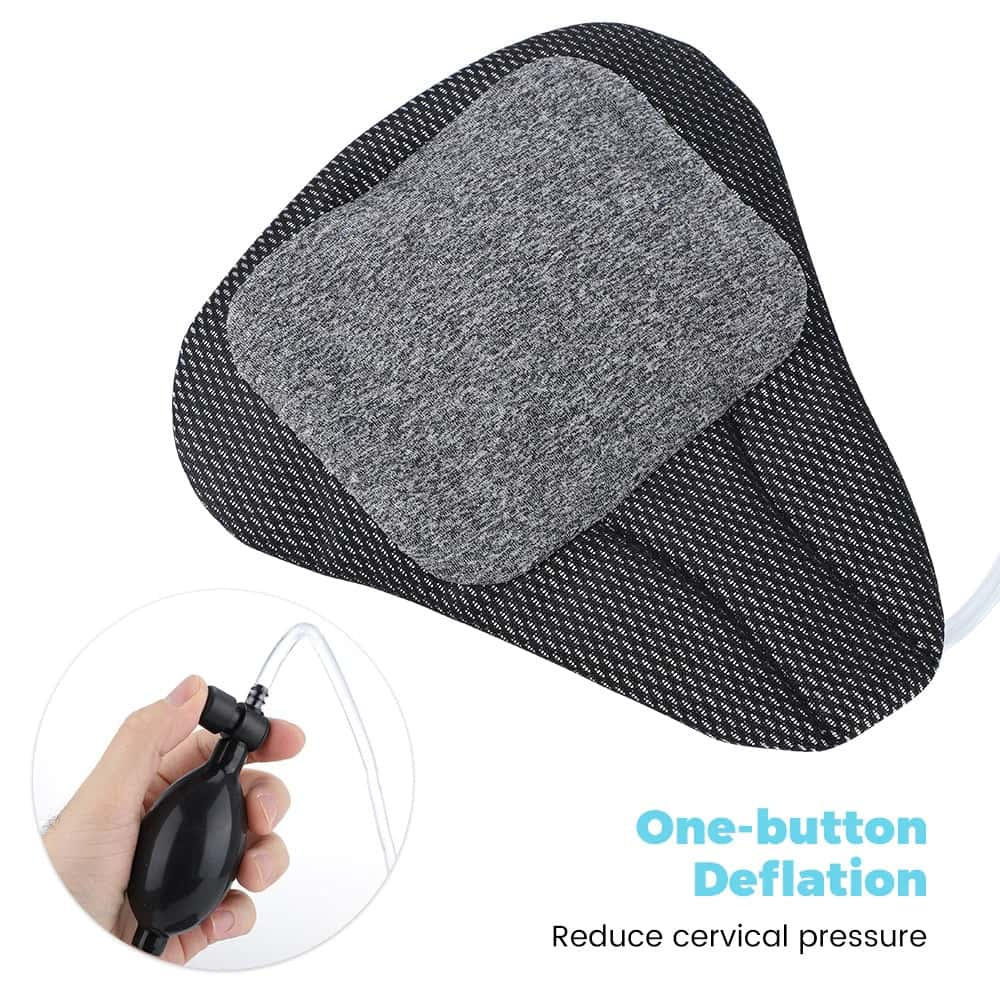

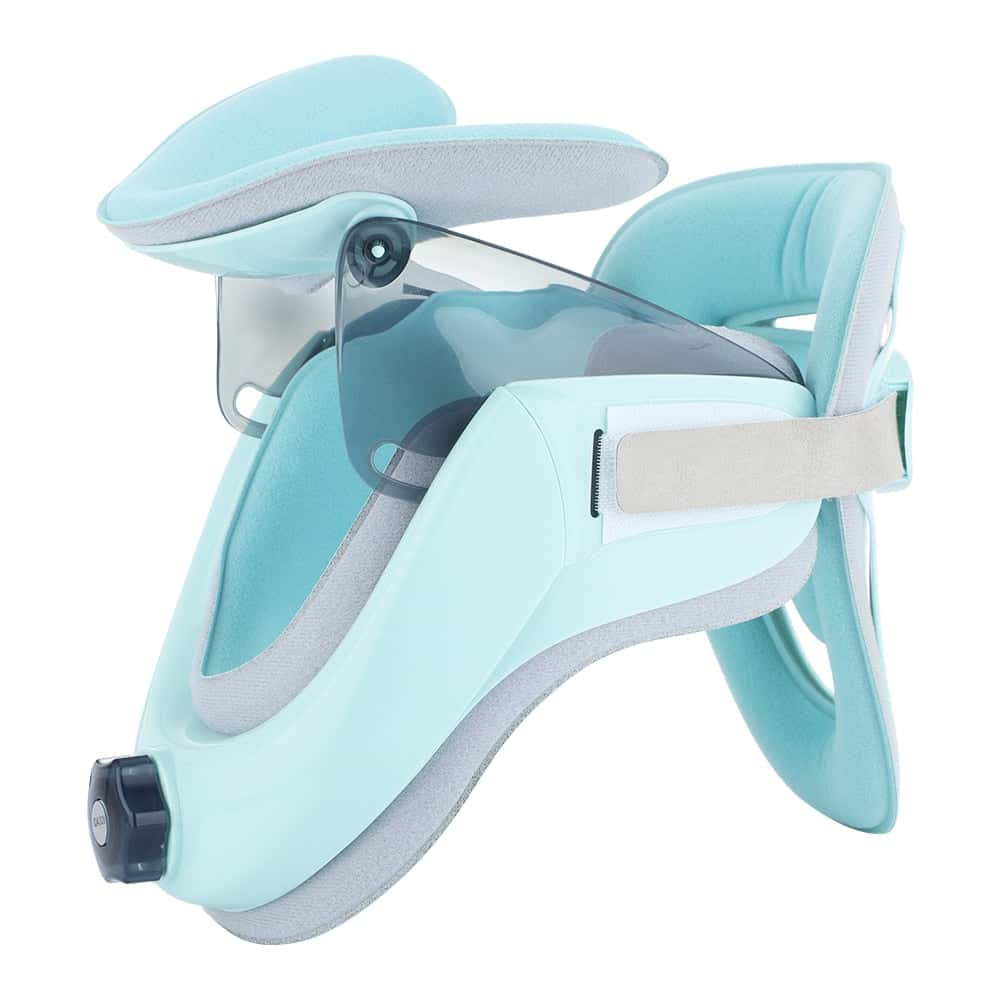


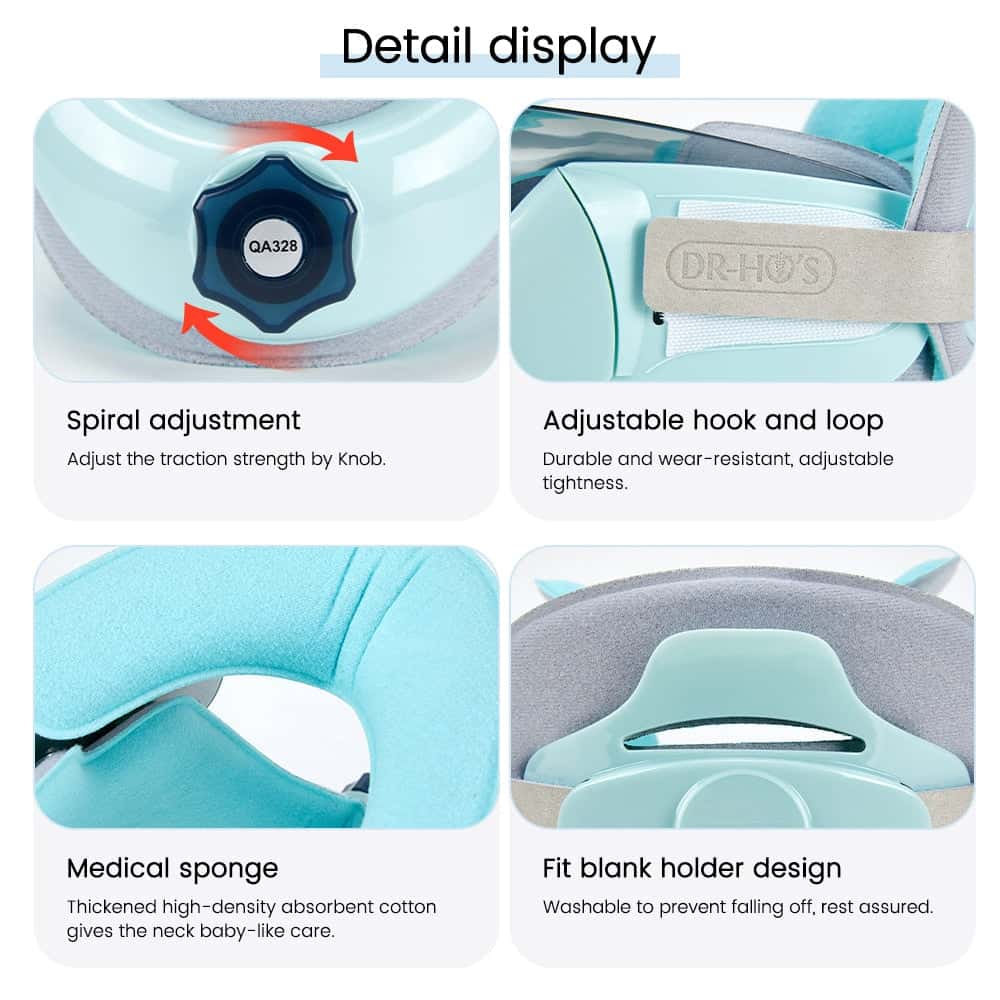

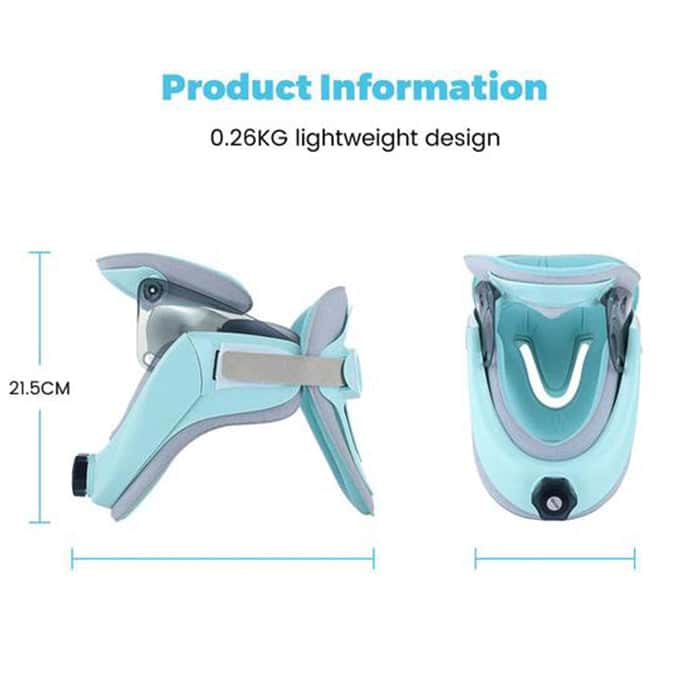





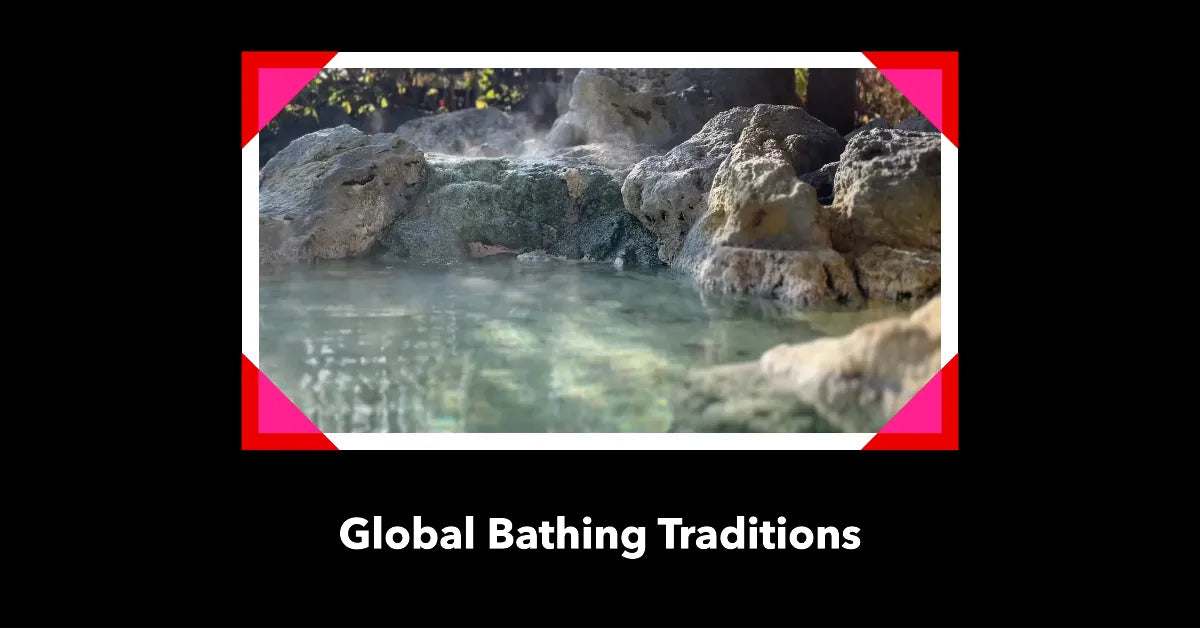
Share and get 15% off!
Simply share this product on one of the following social networks and you will unlock 15% off!